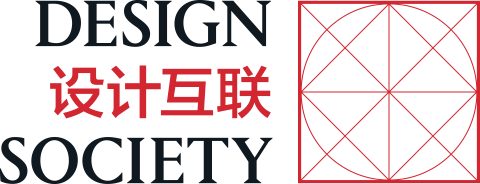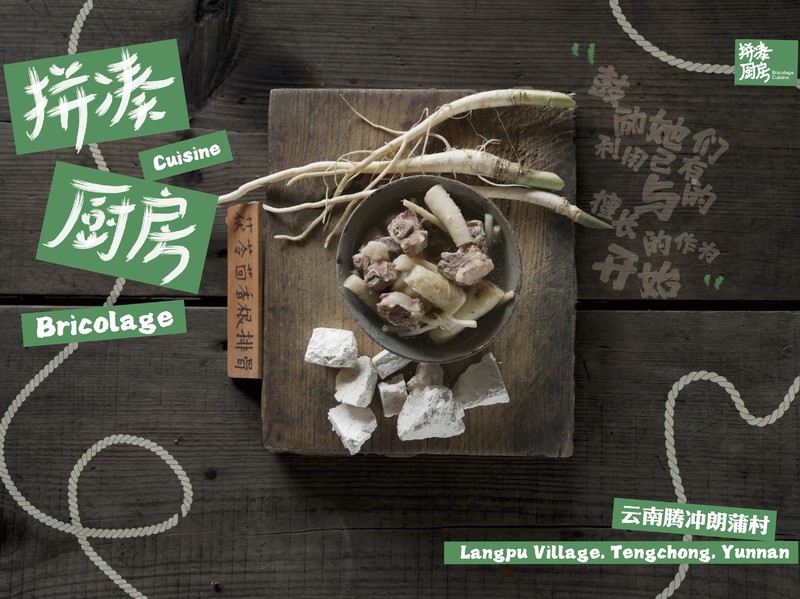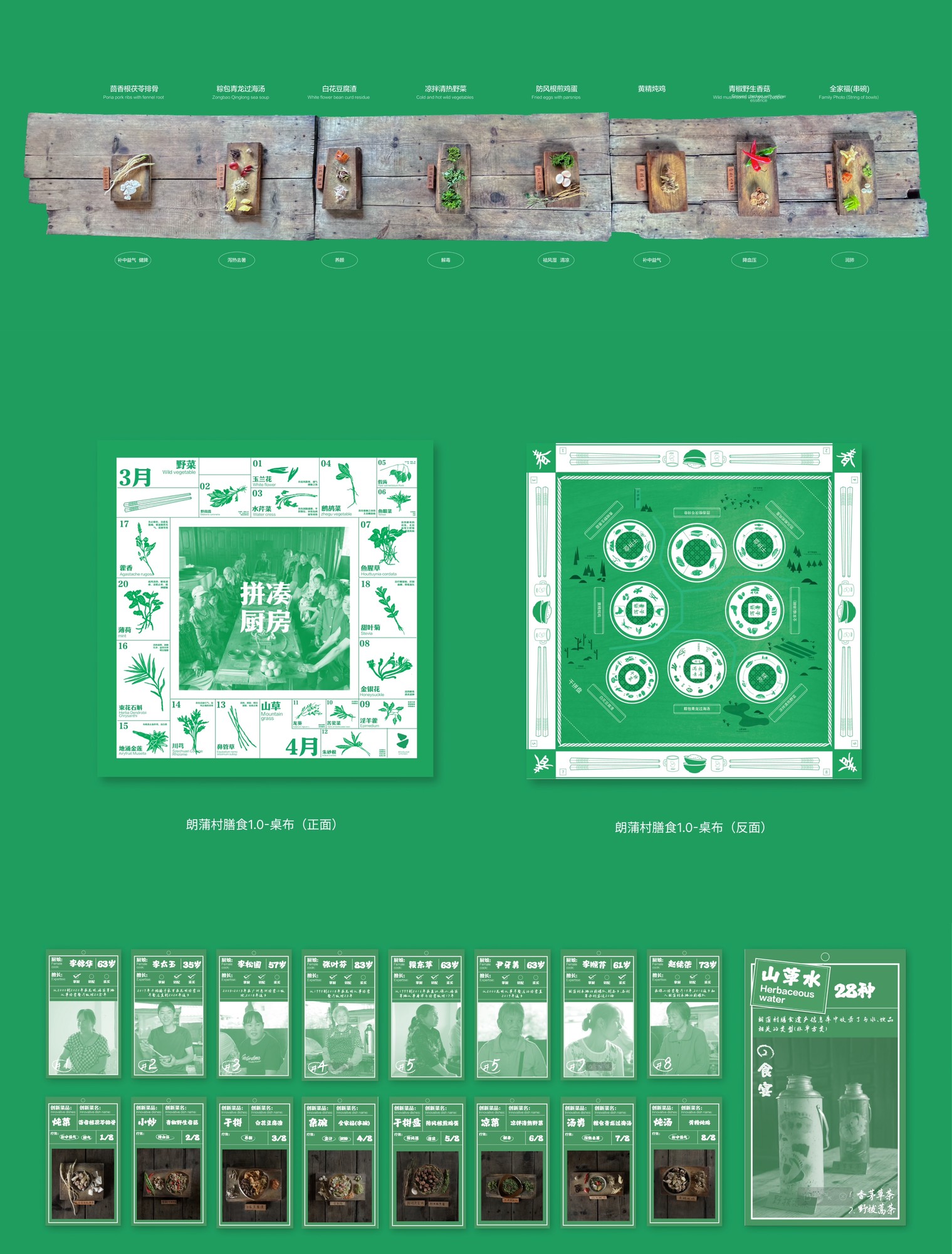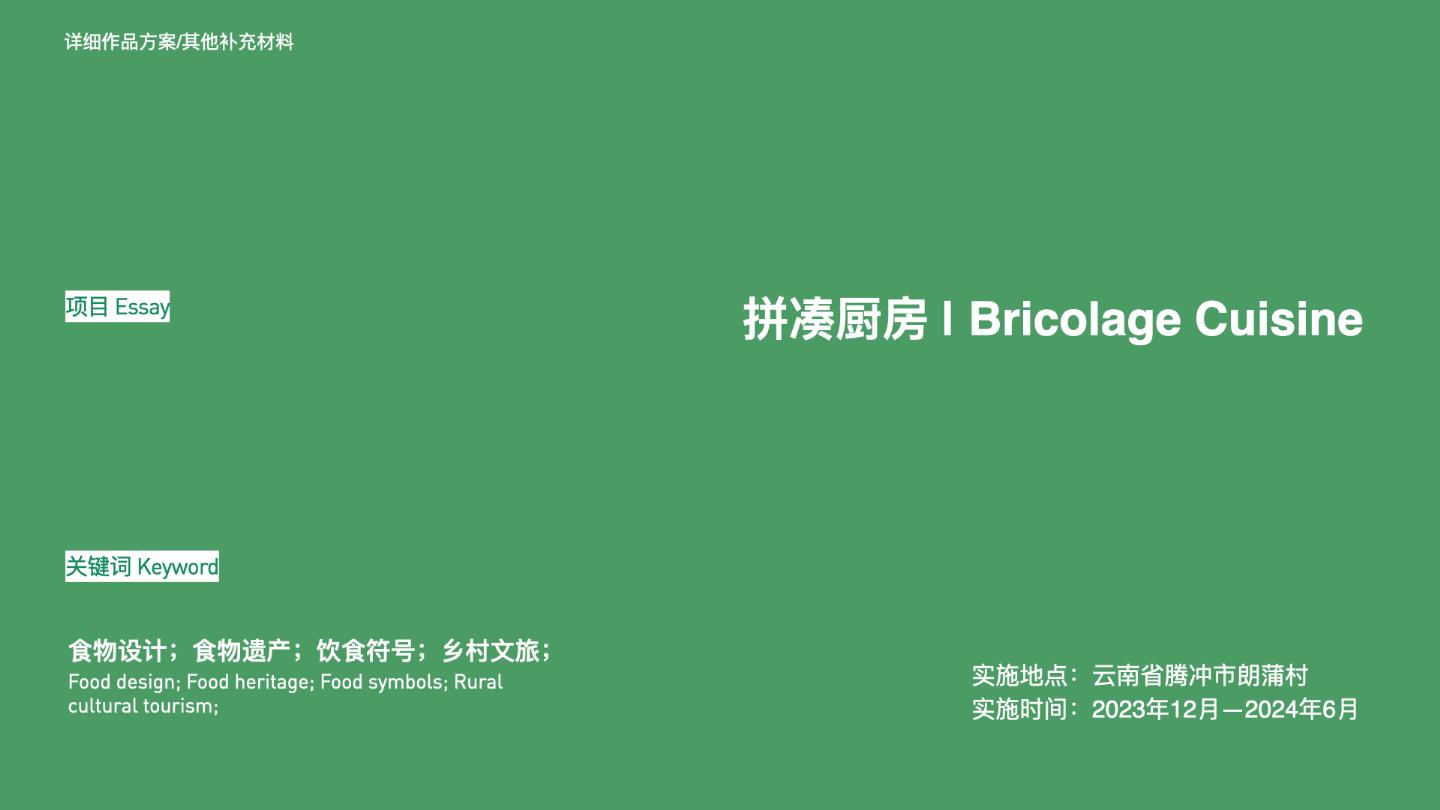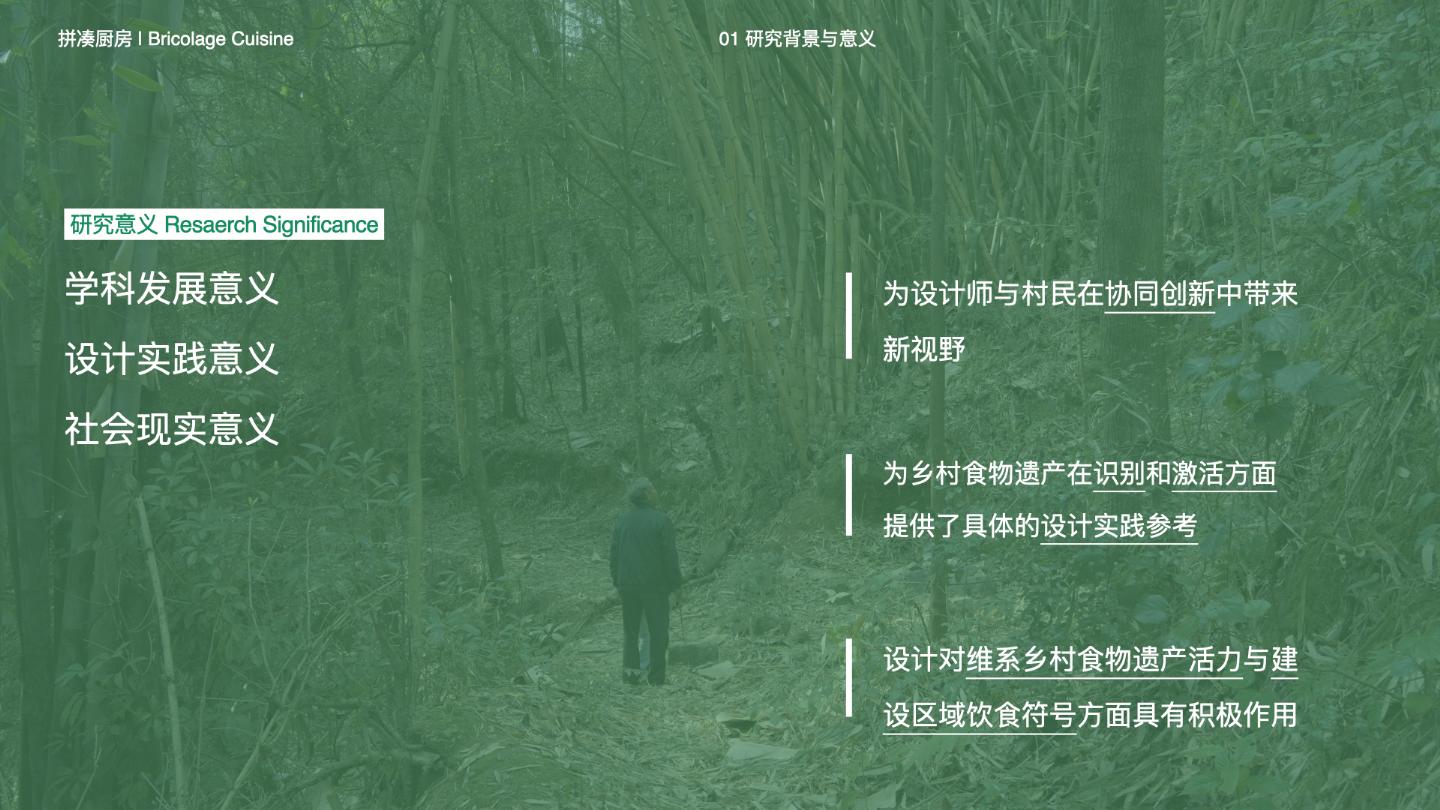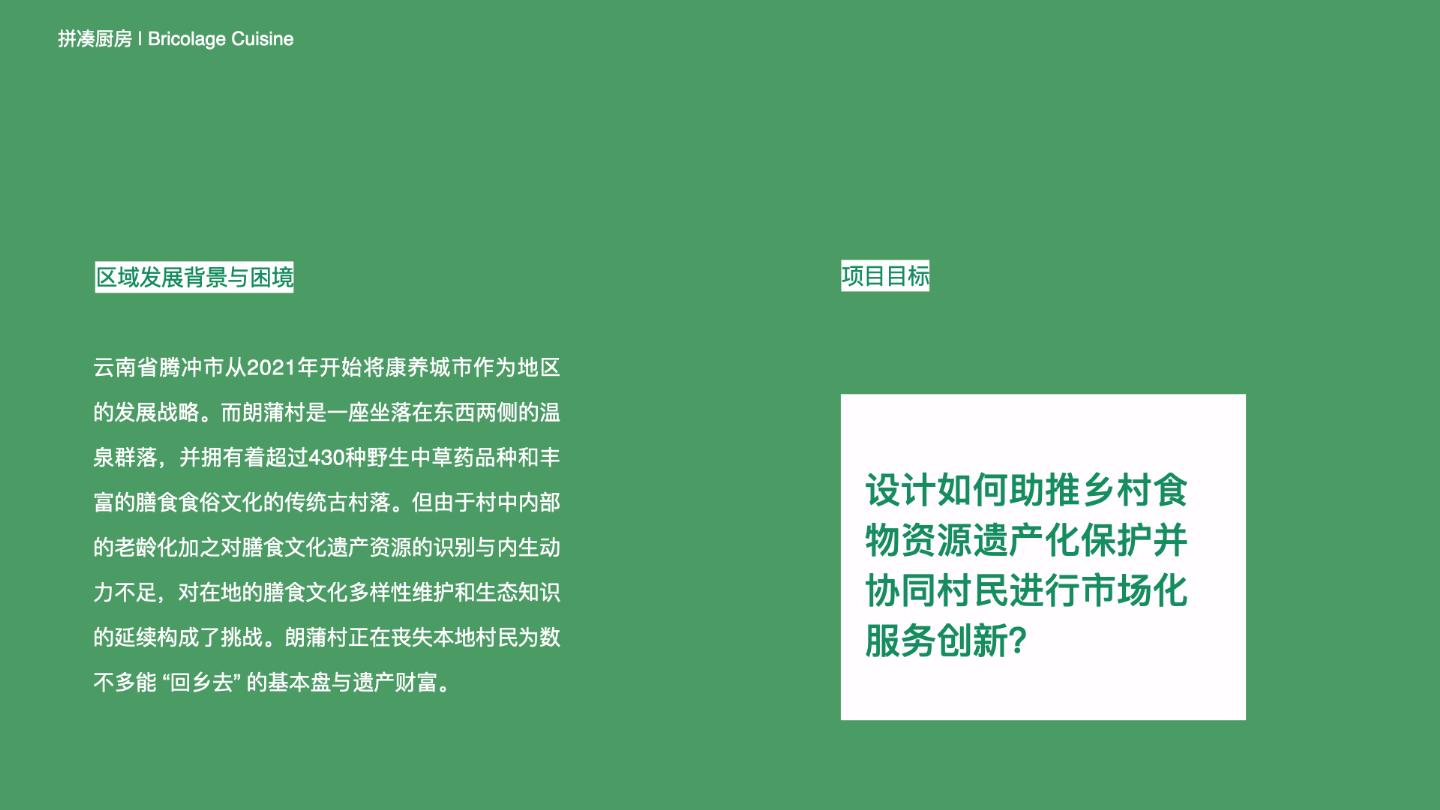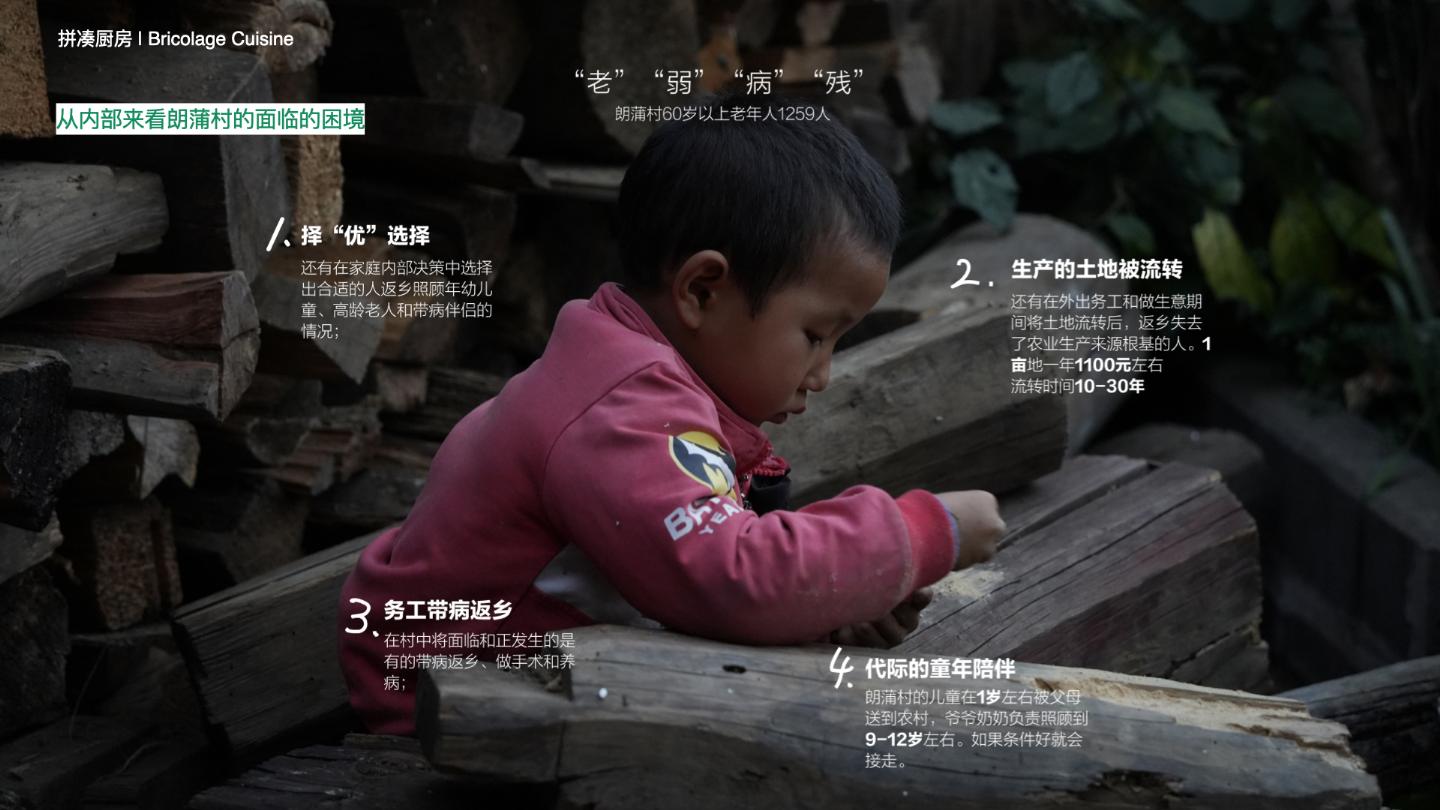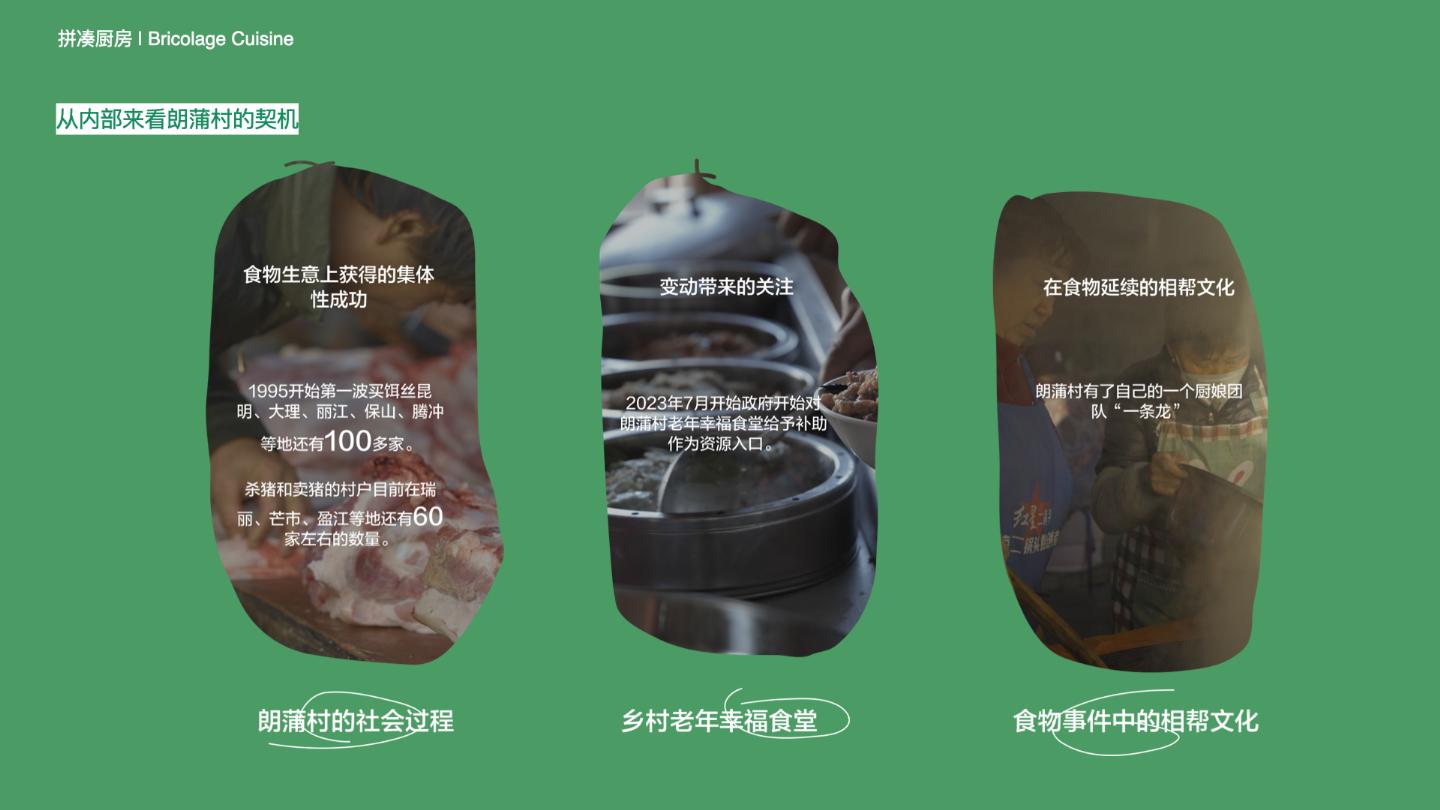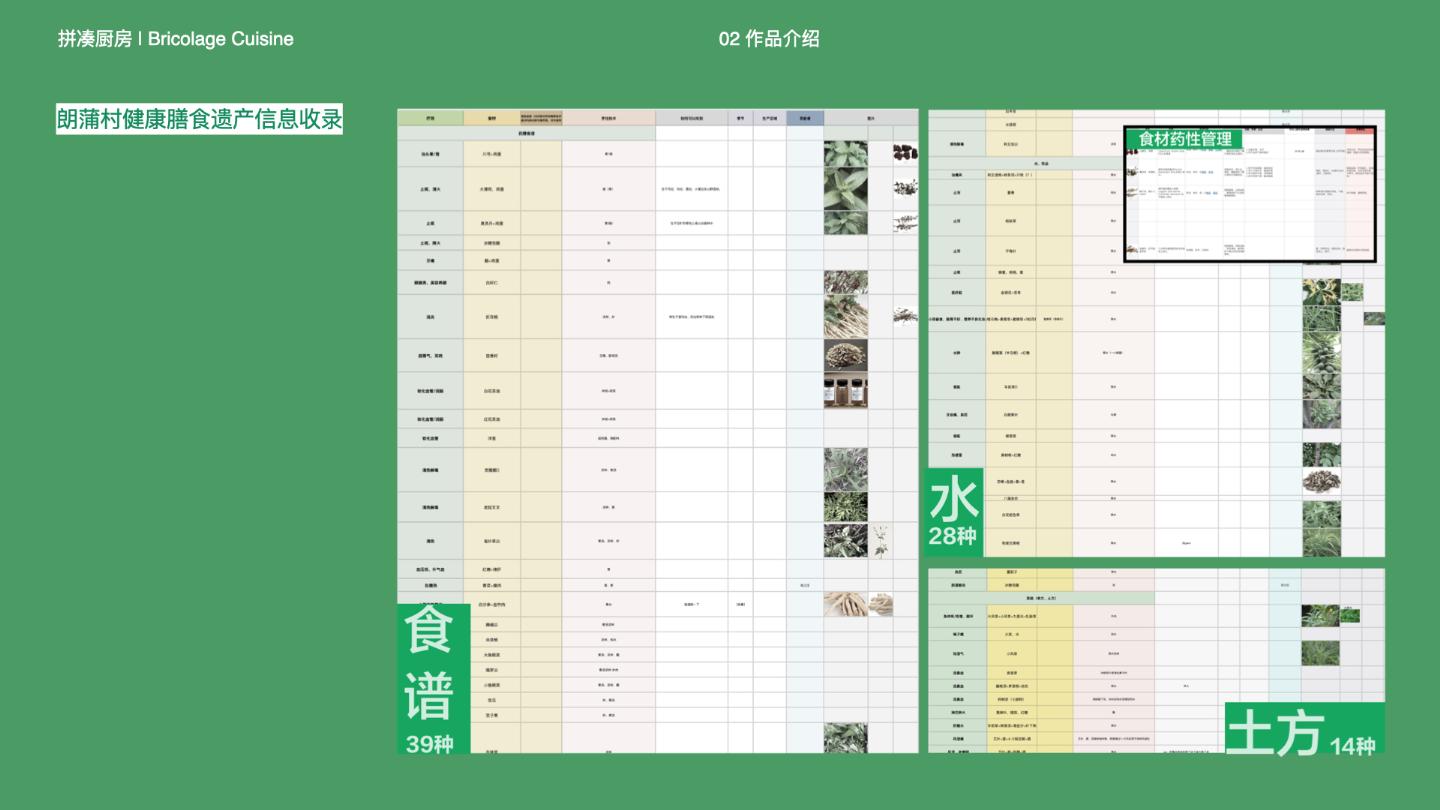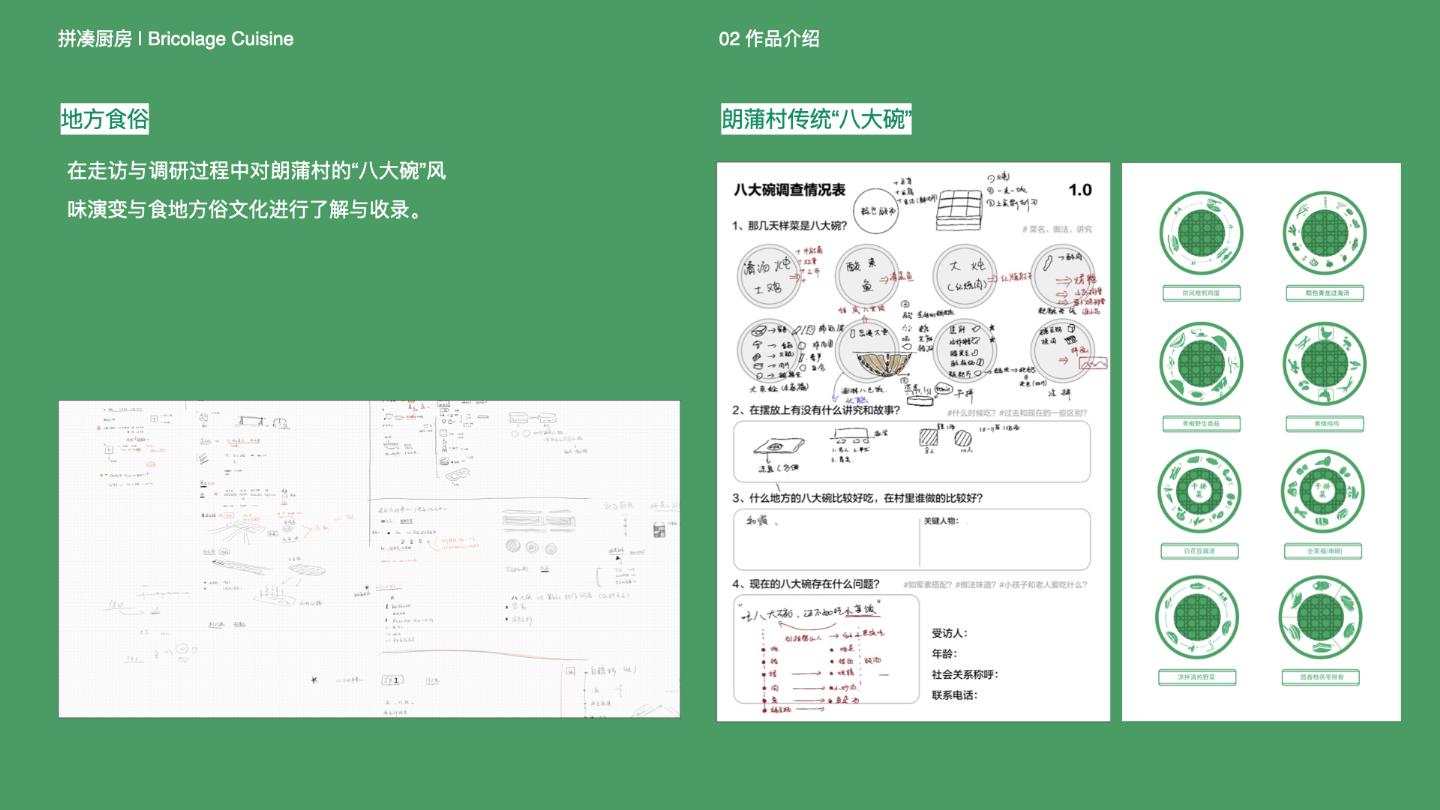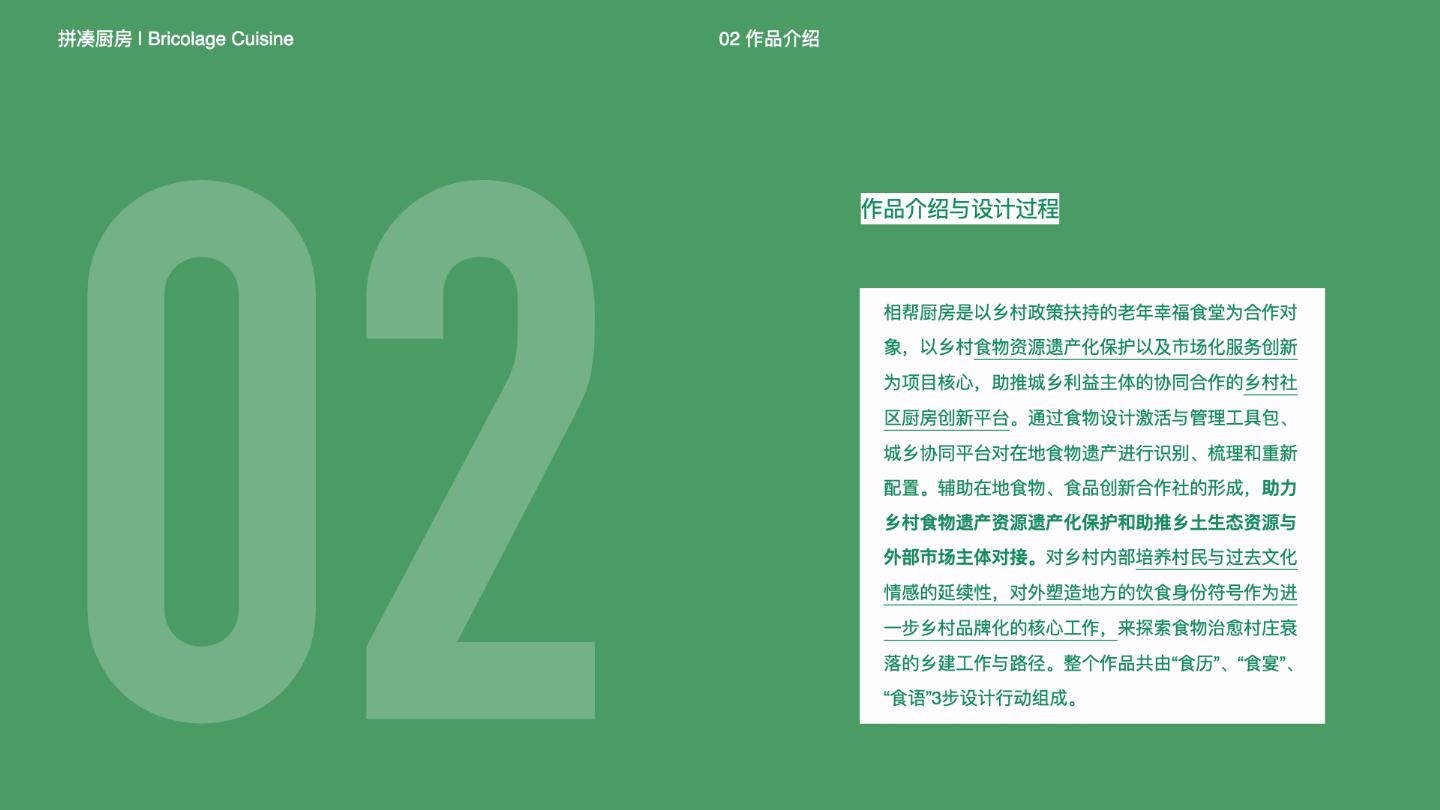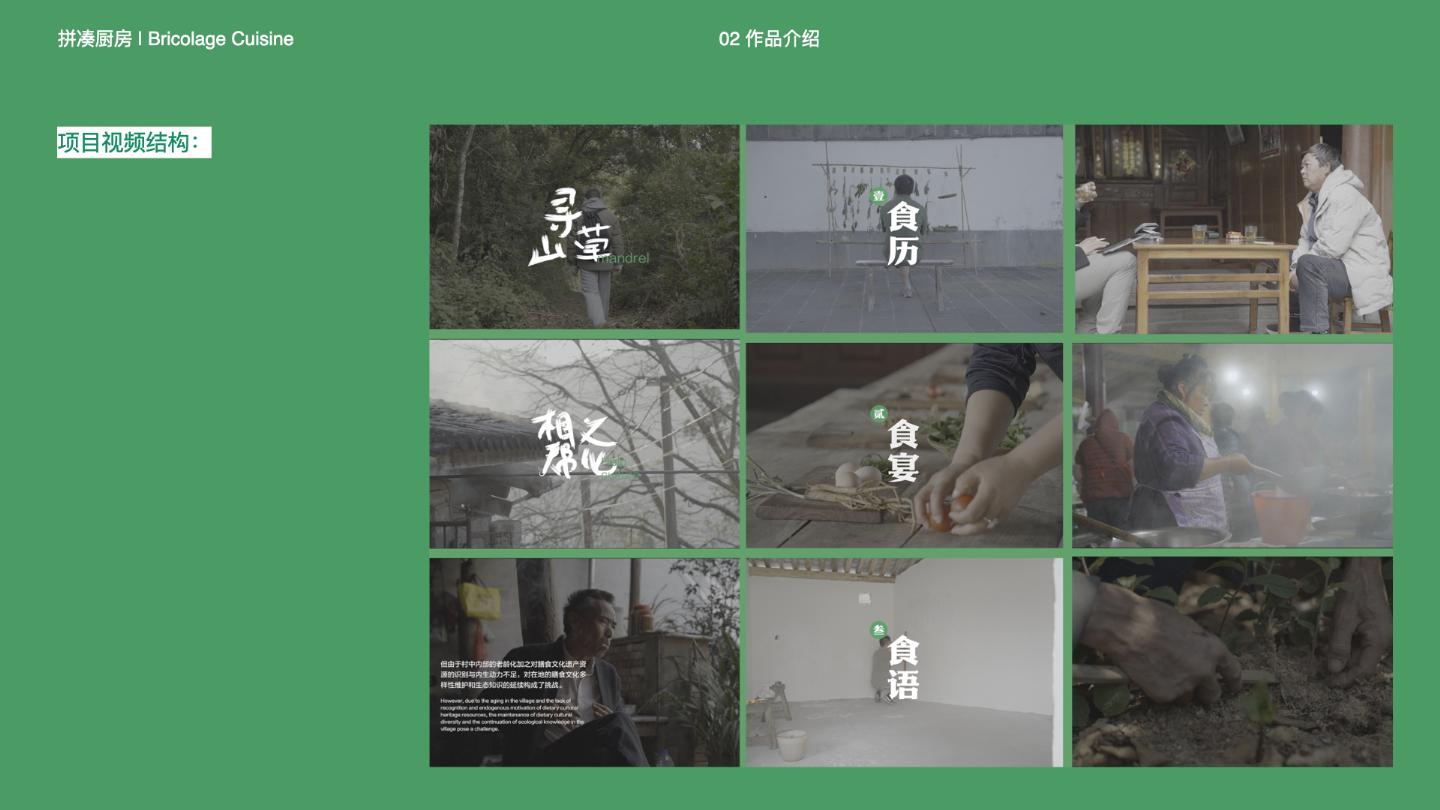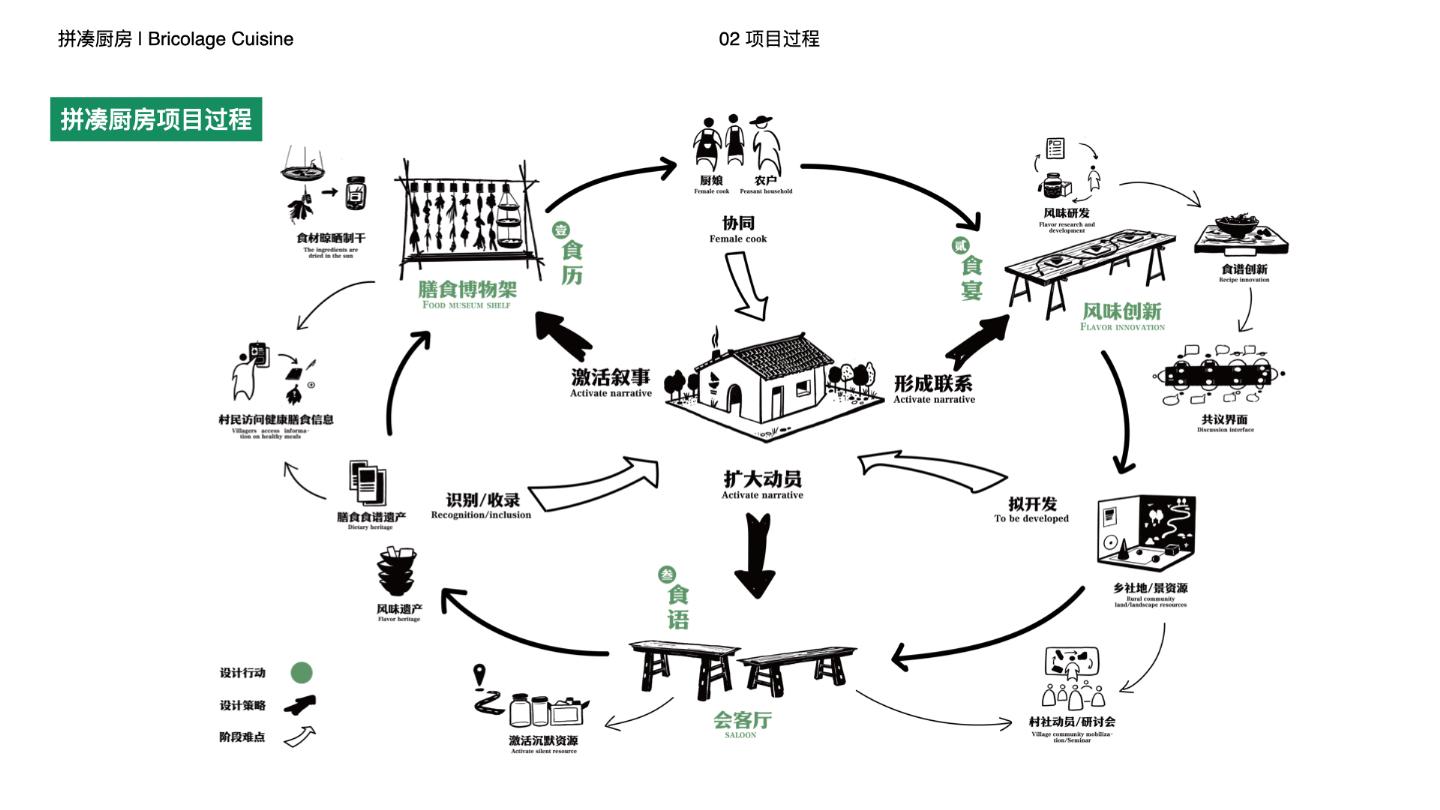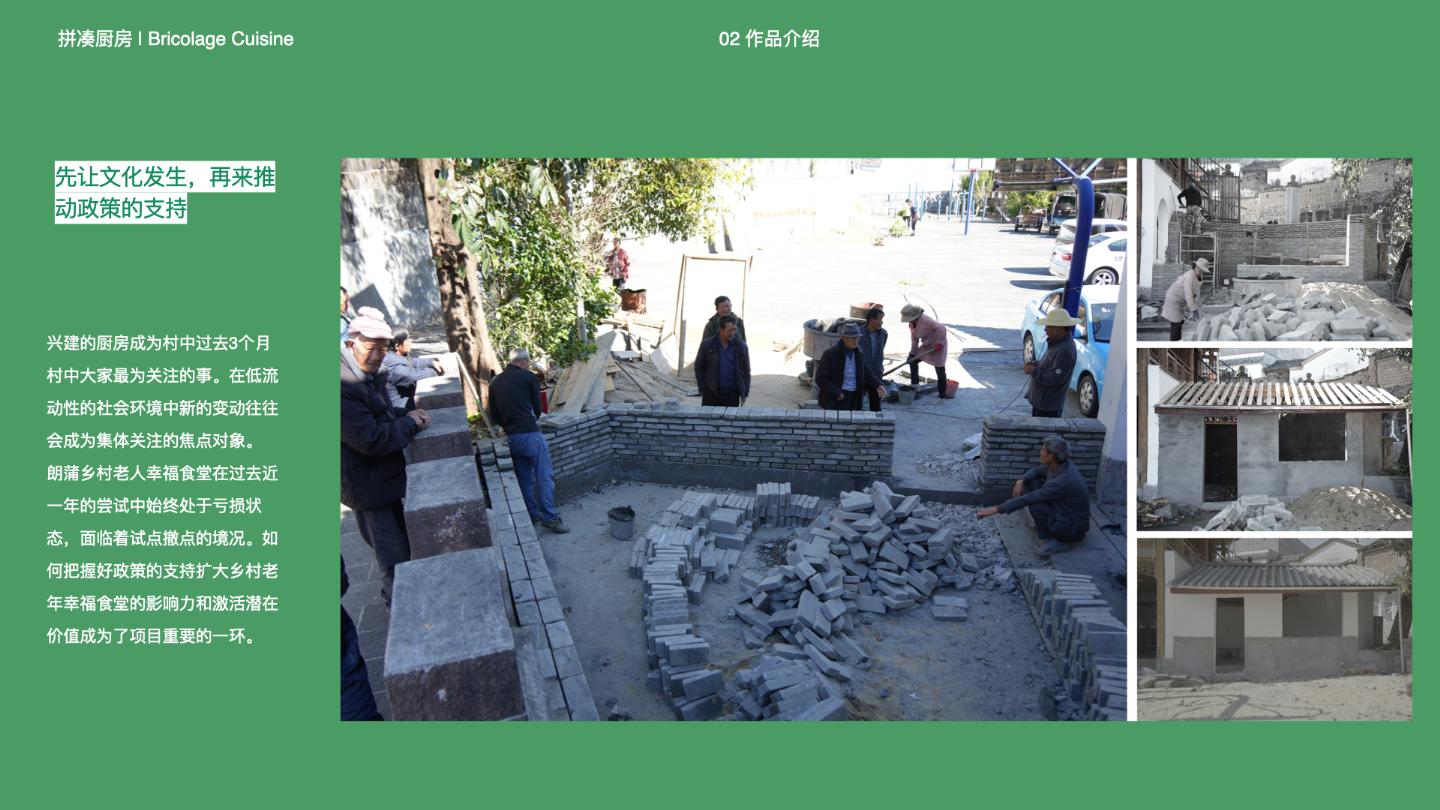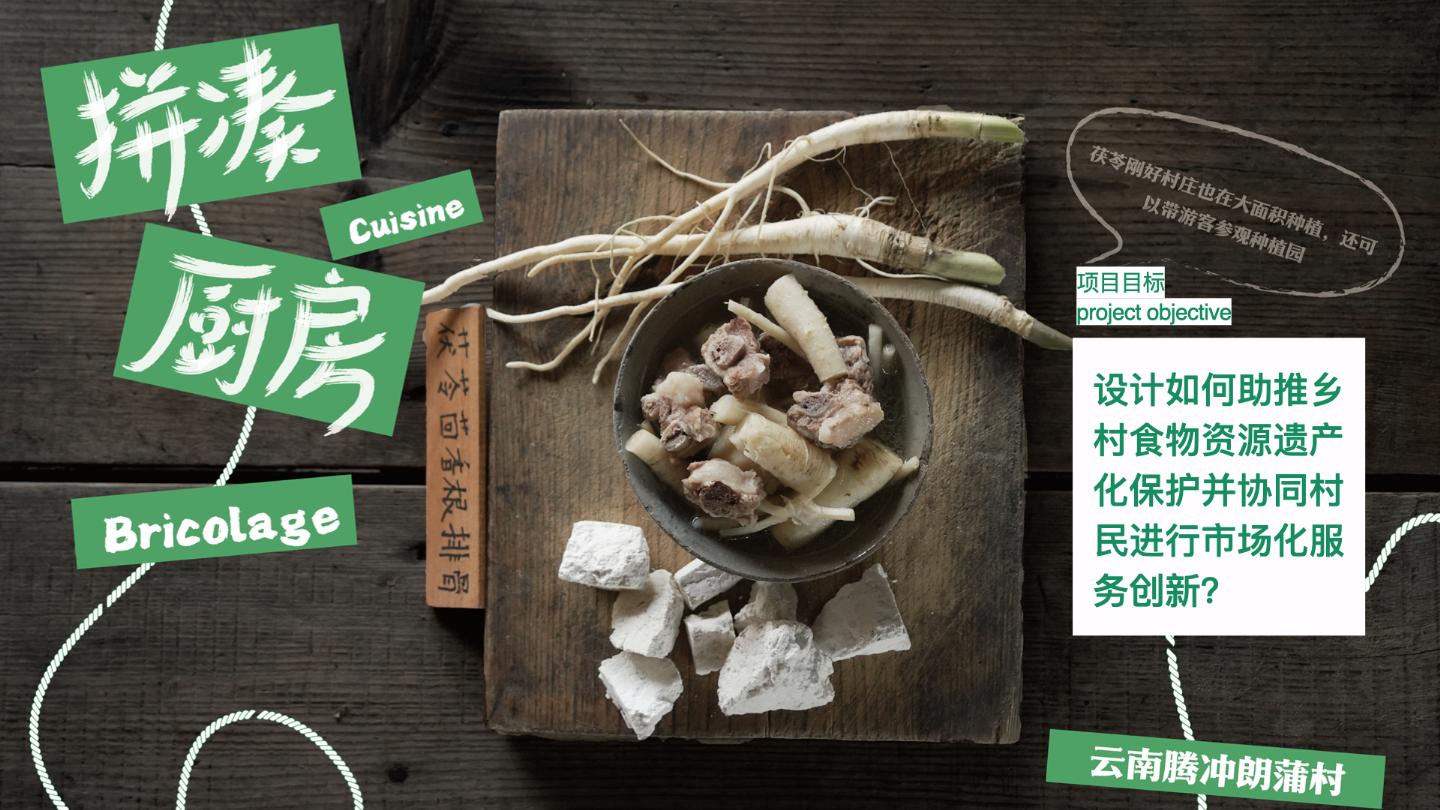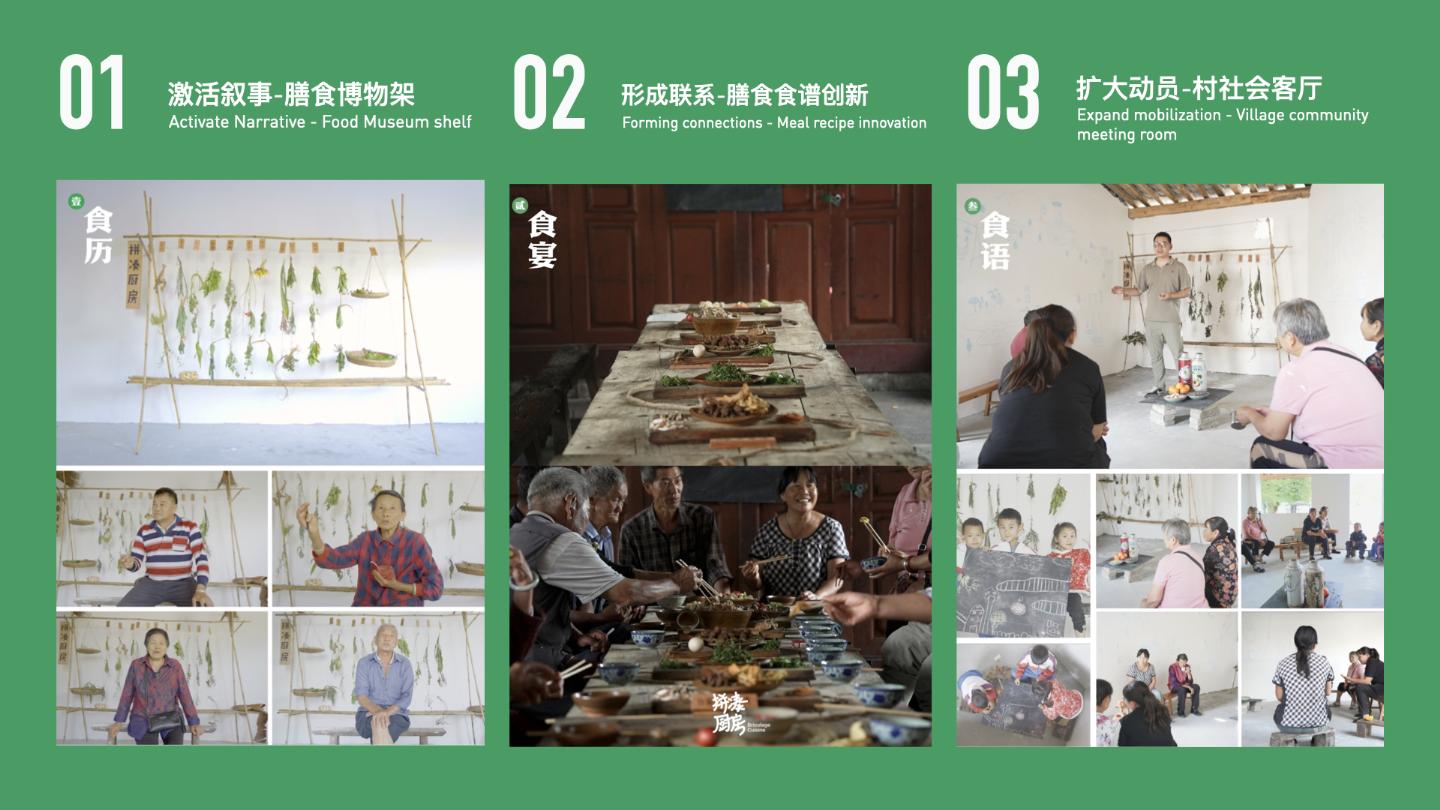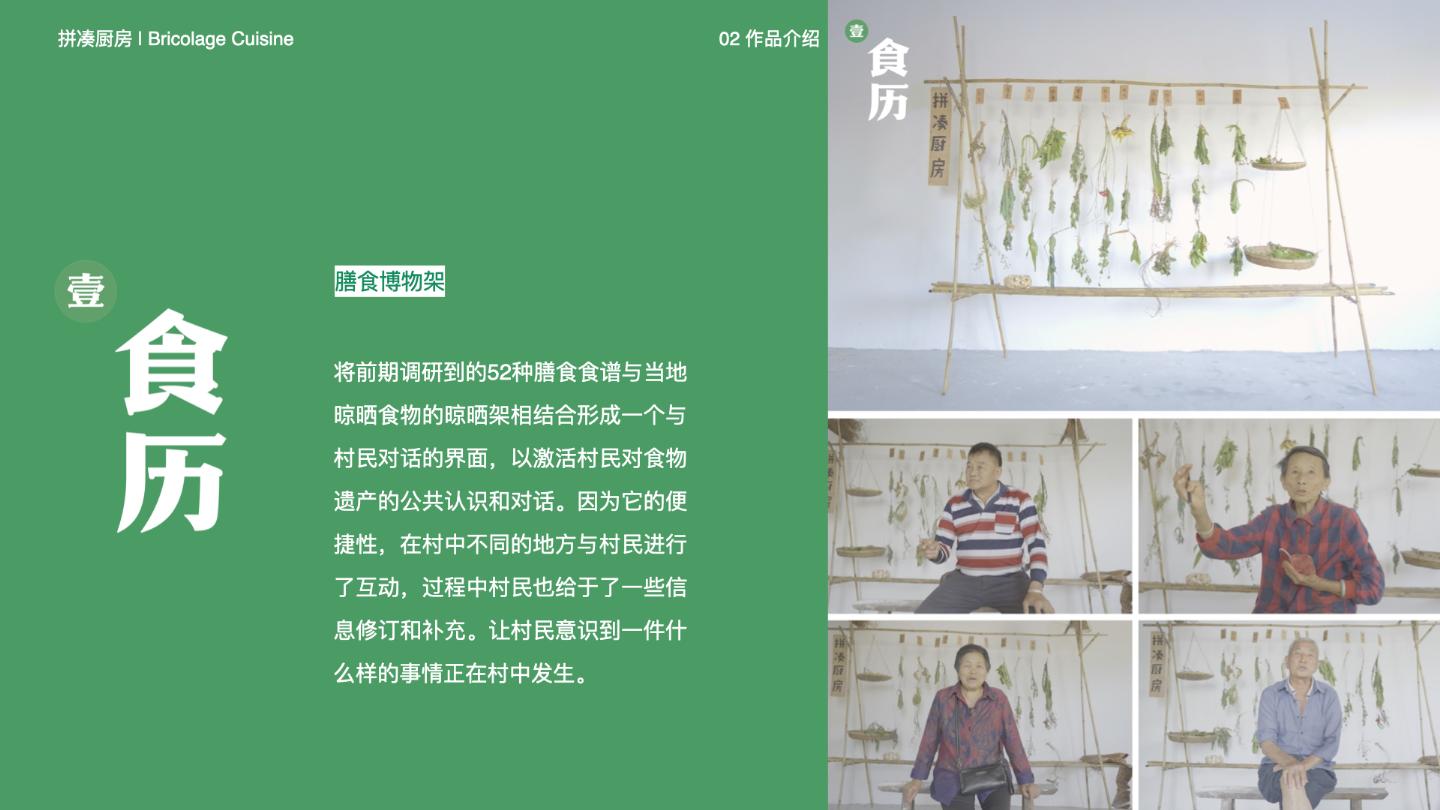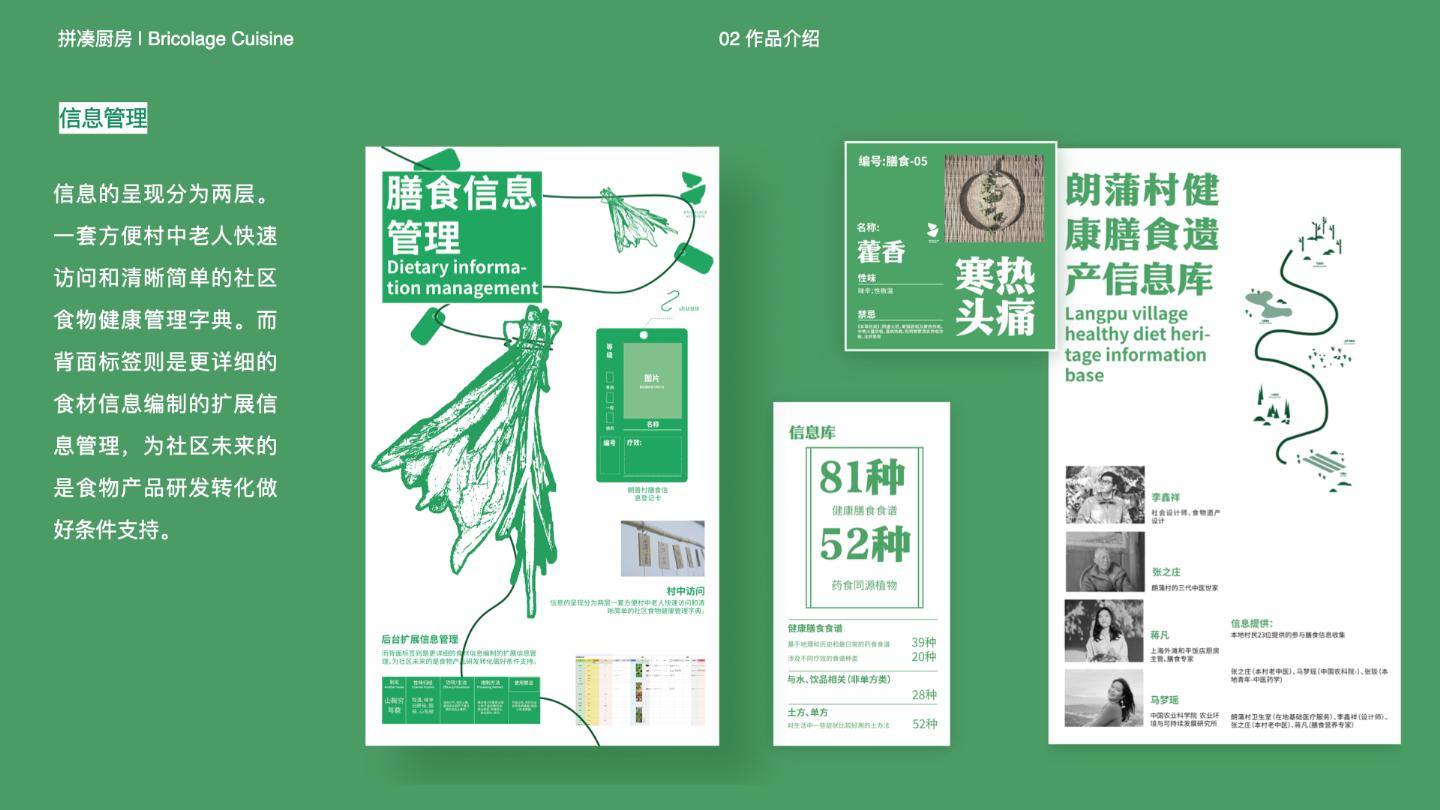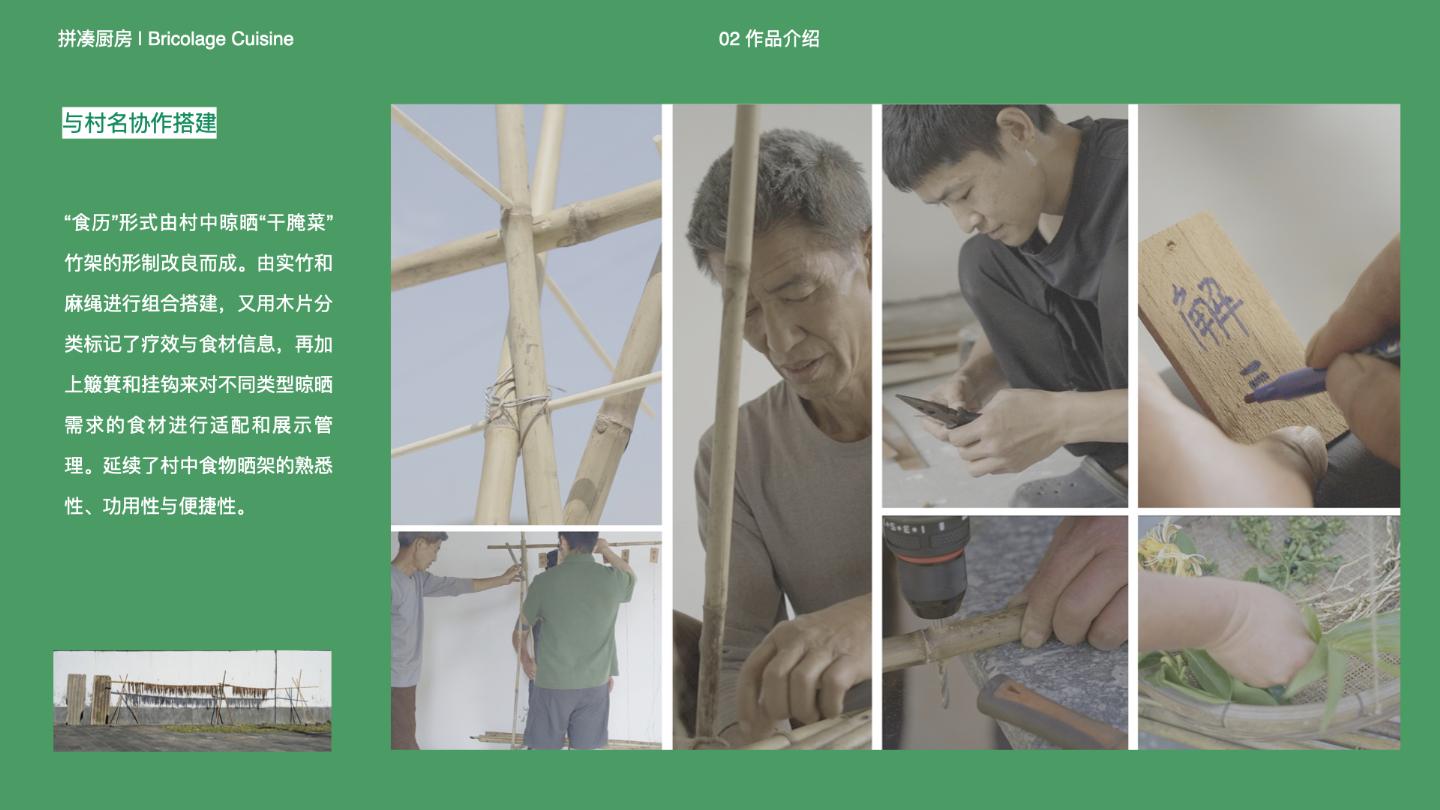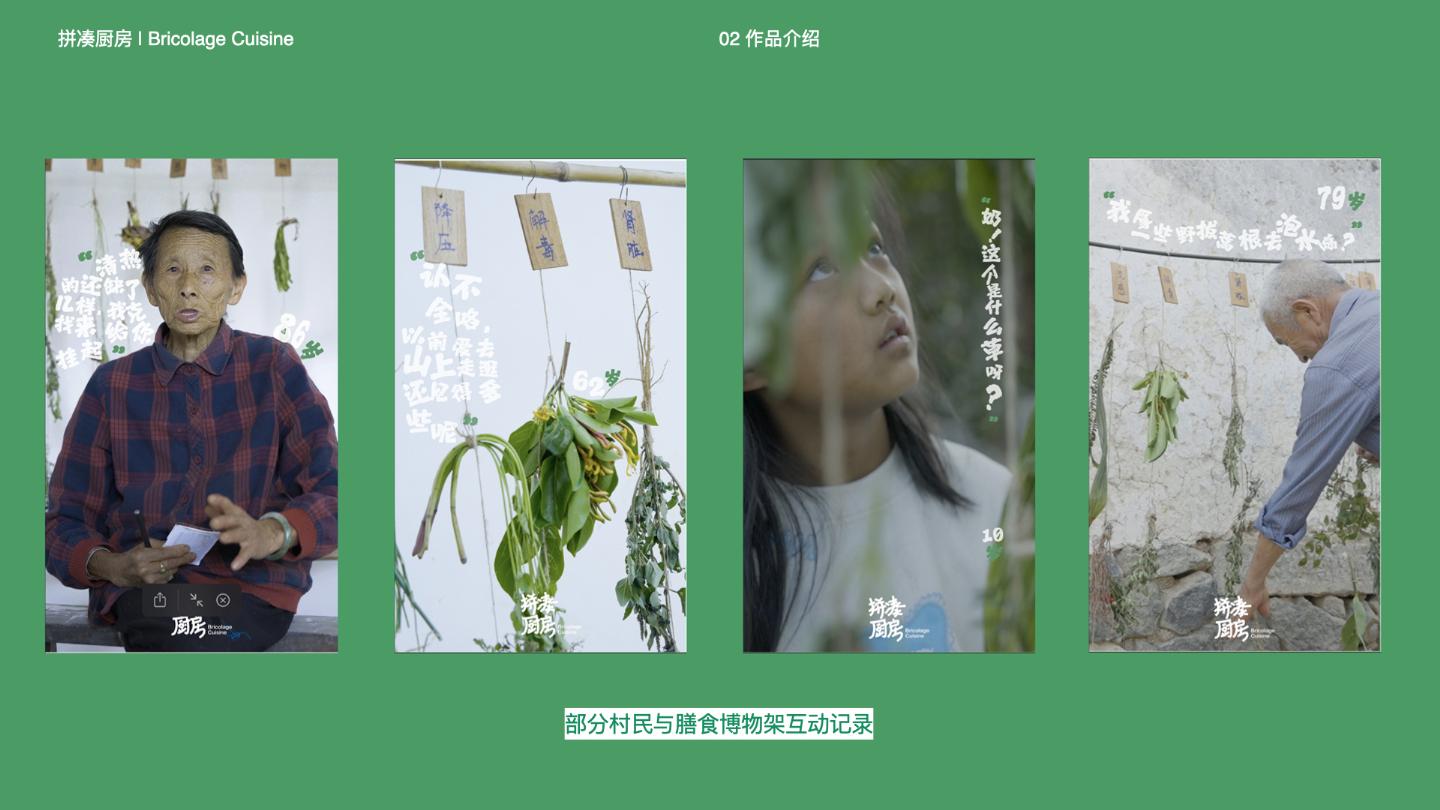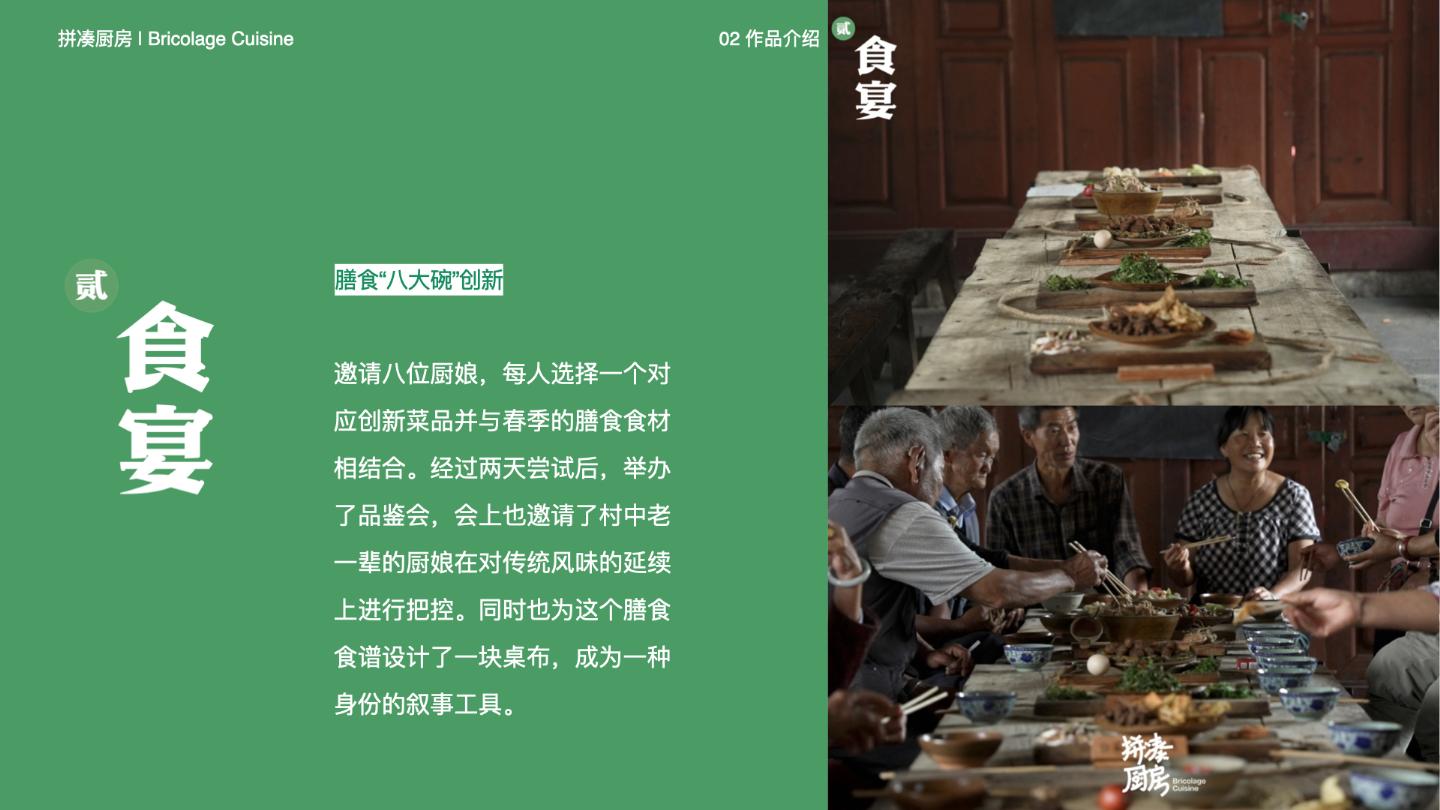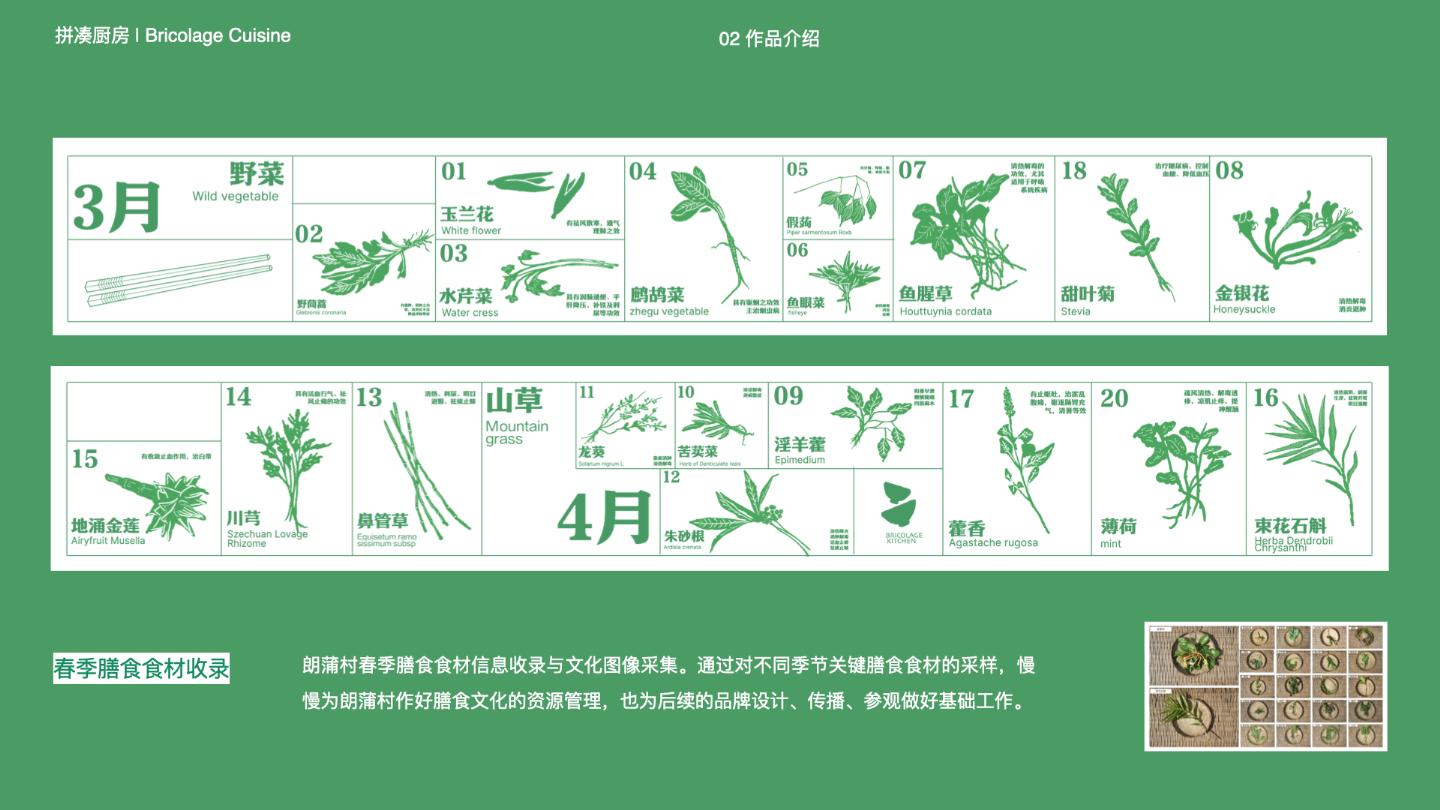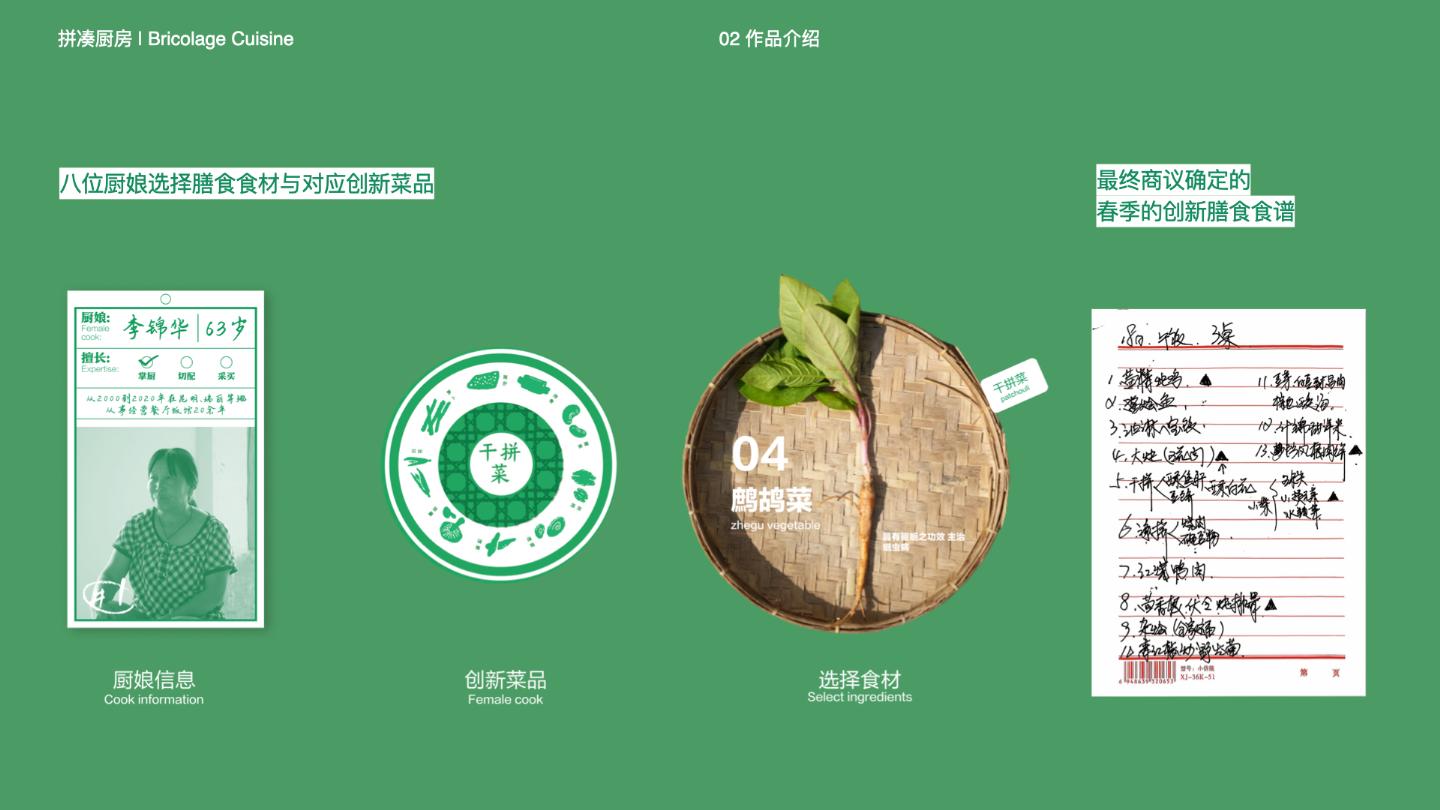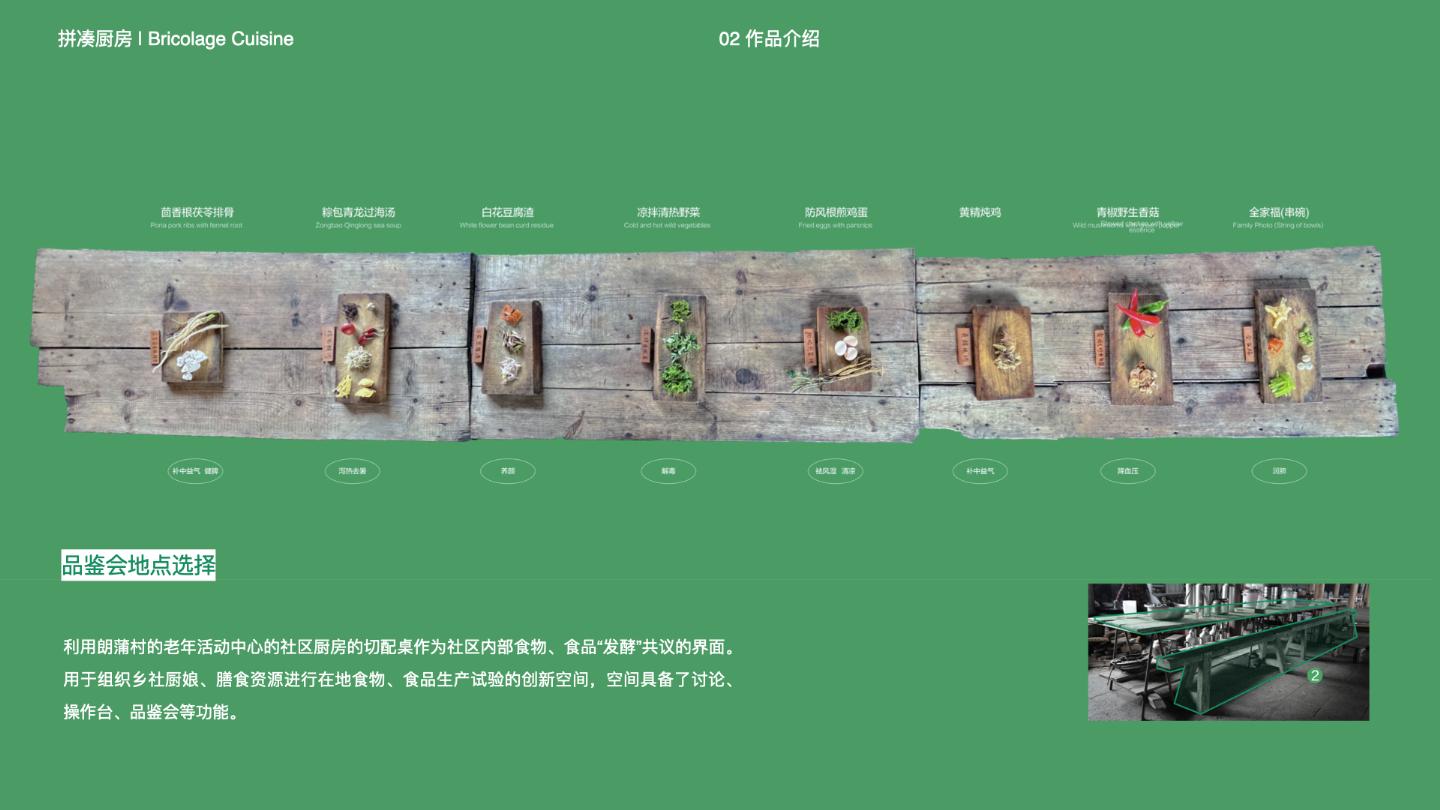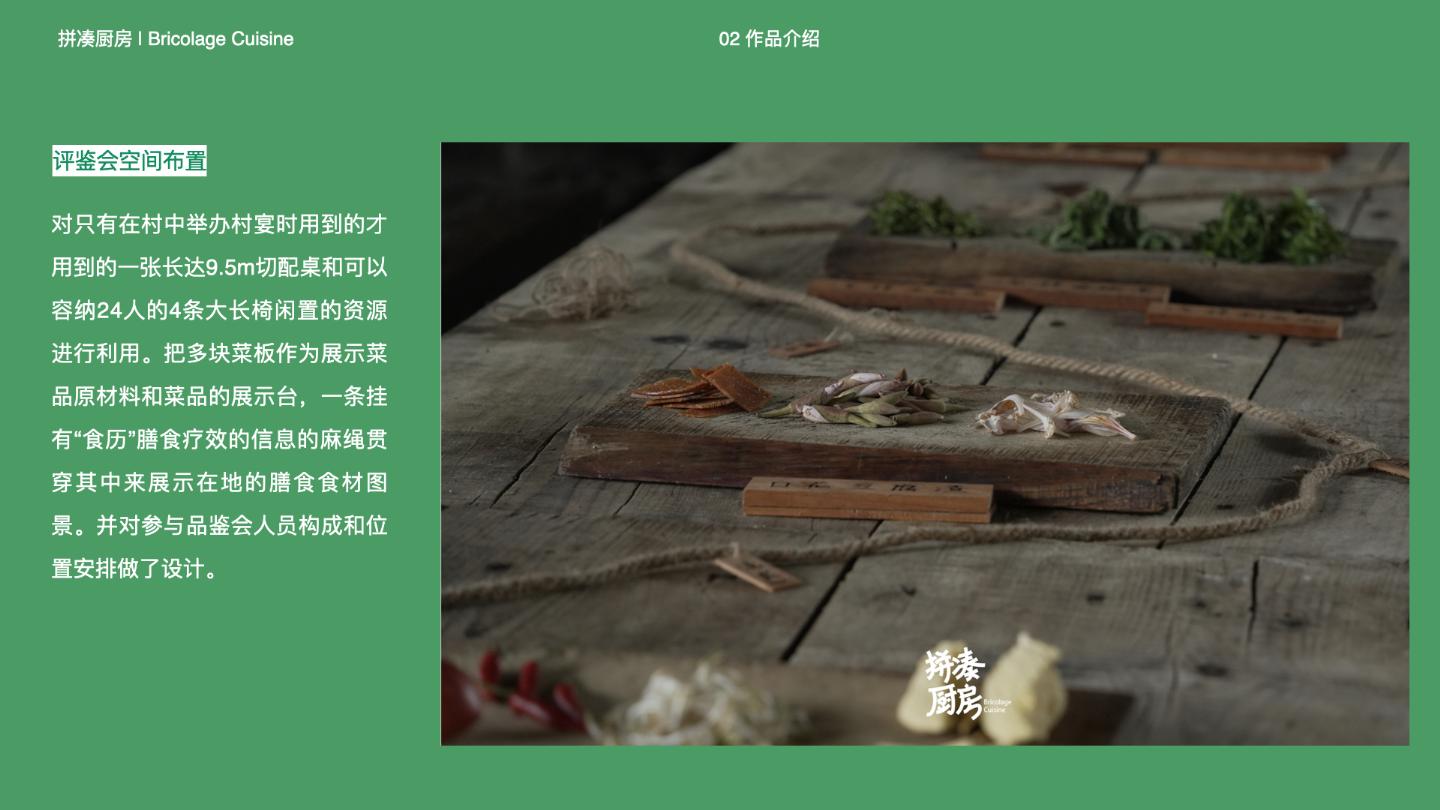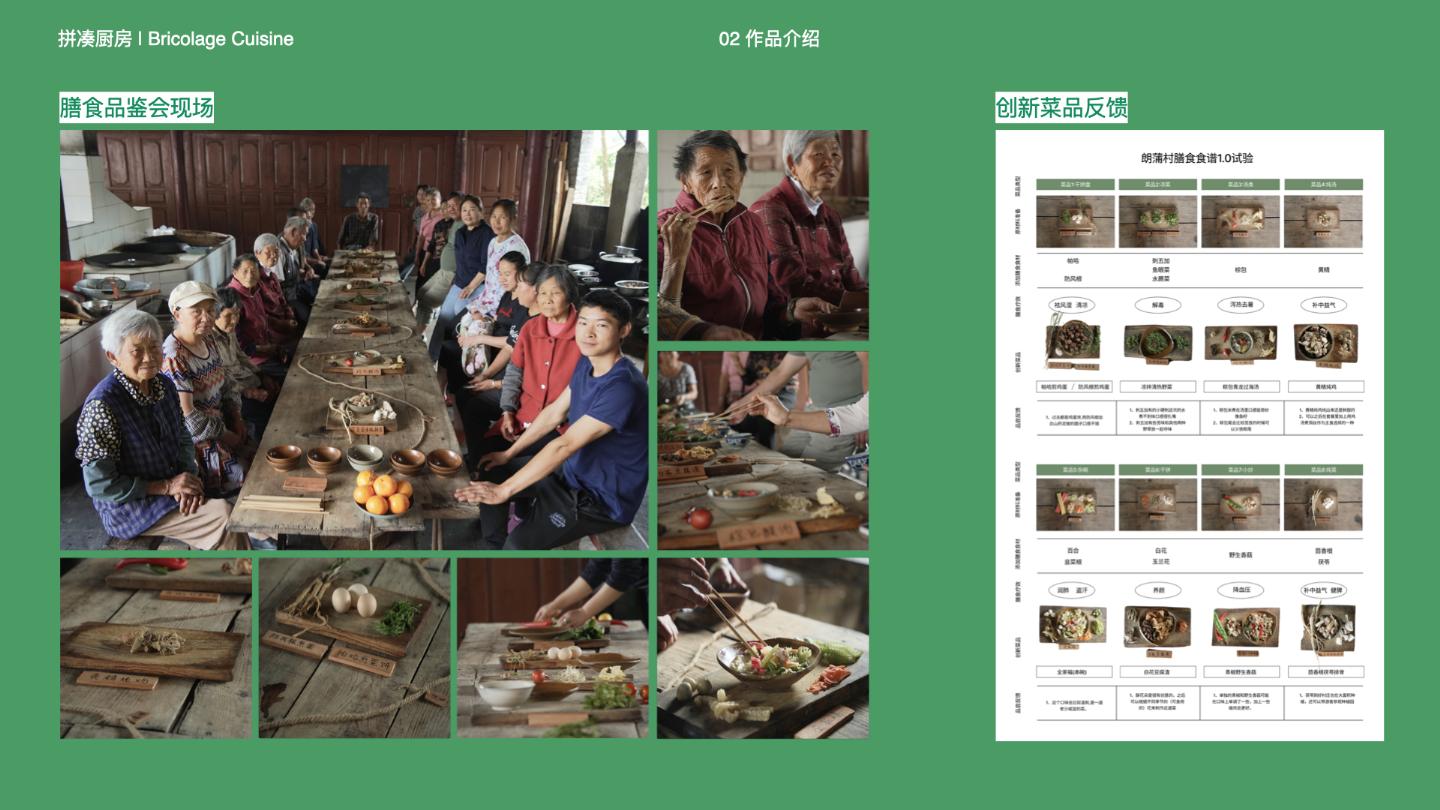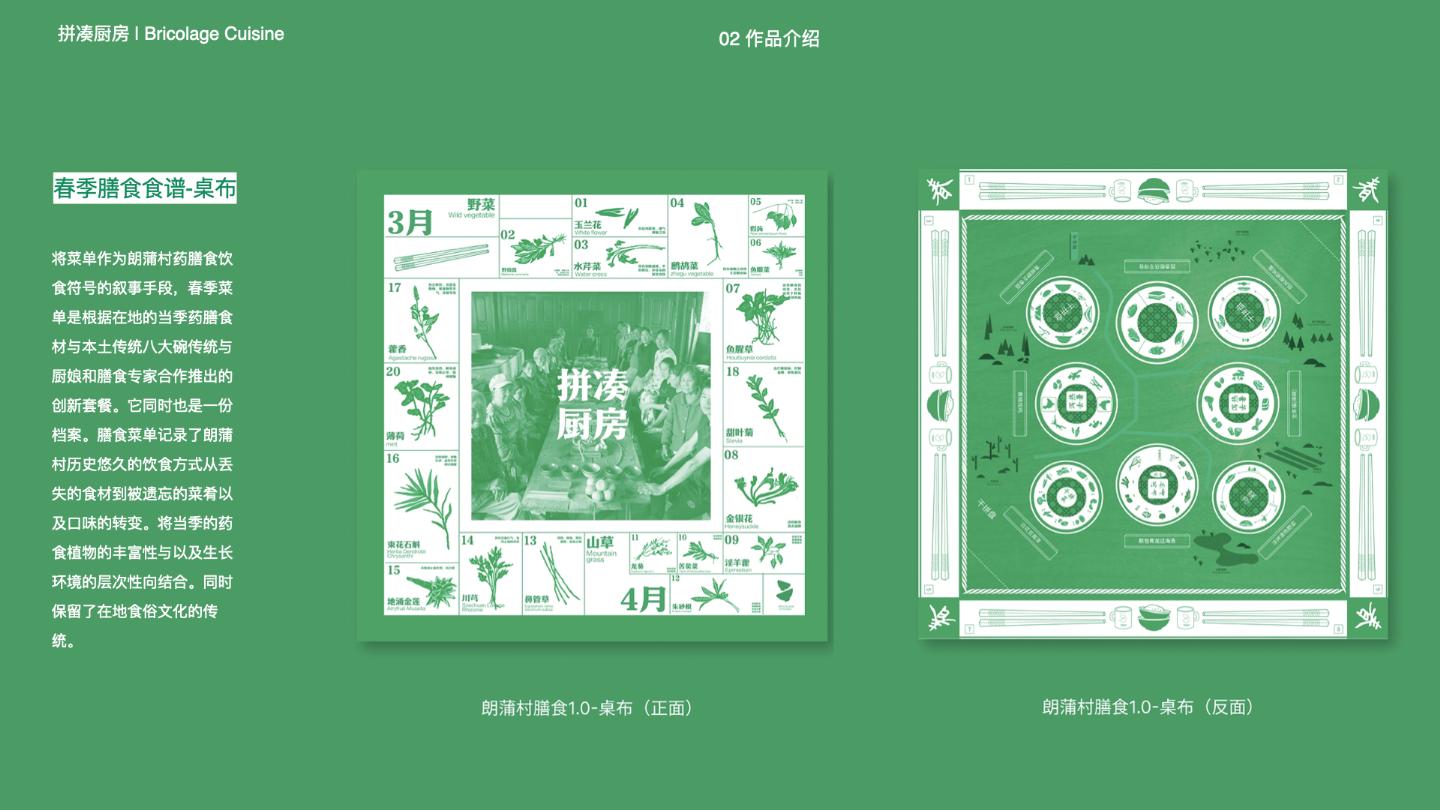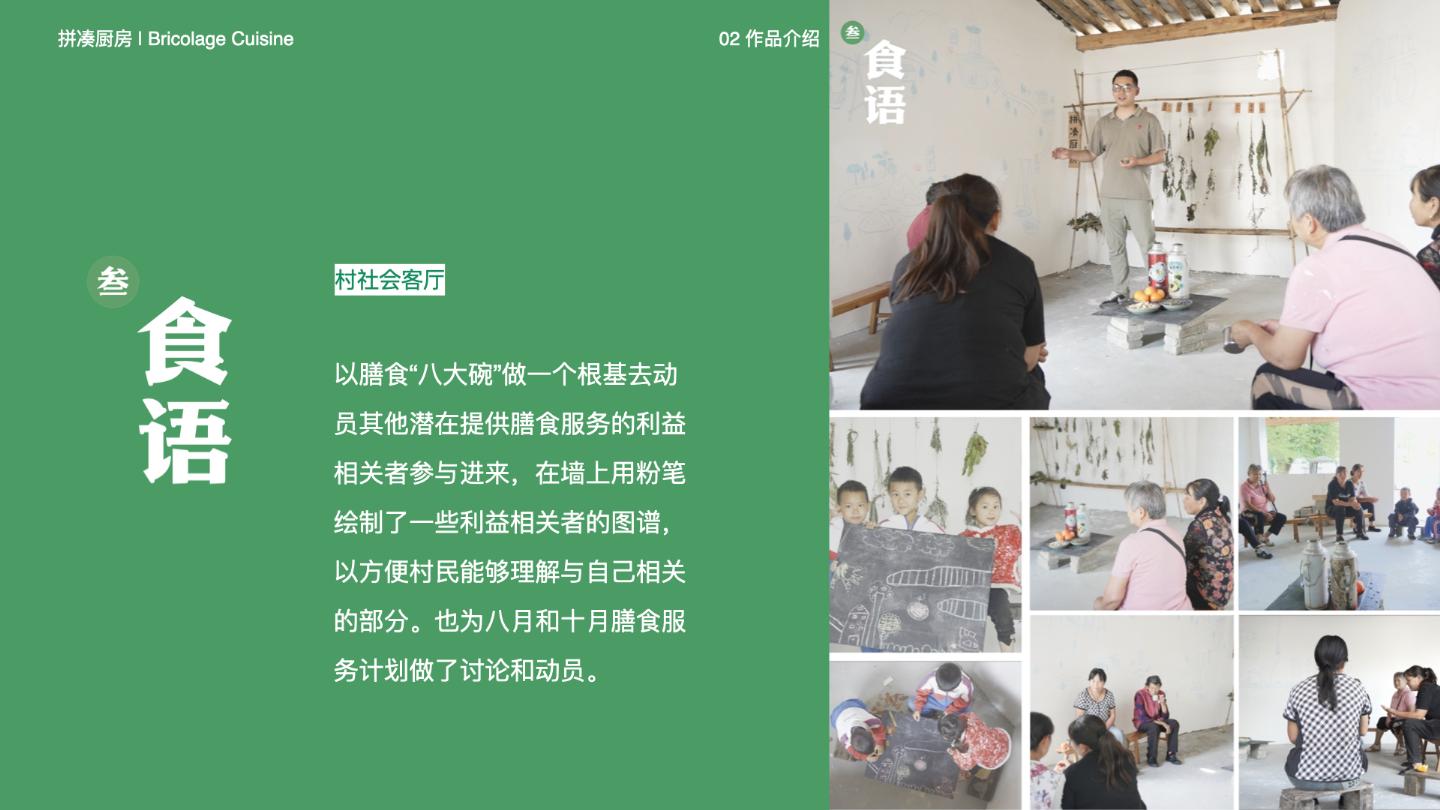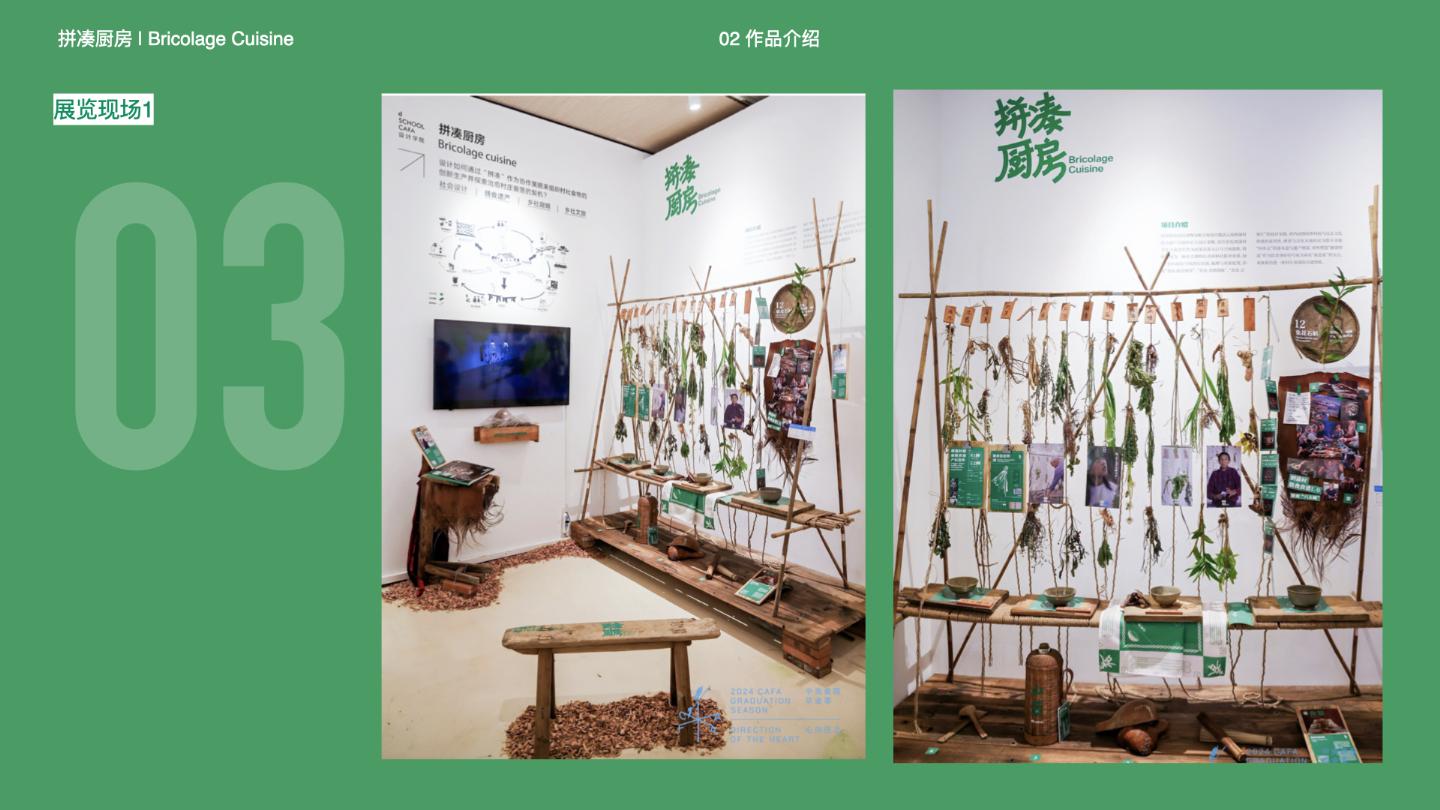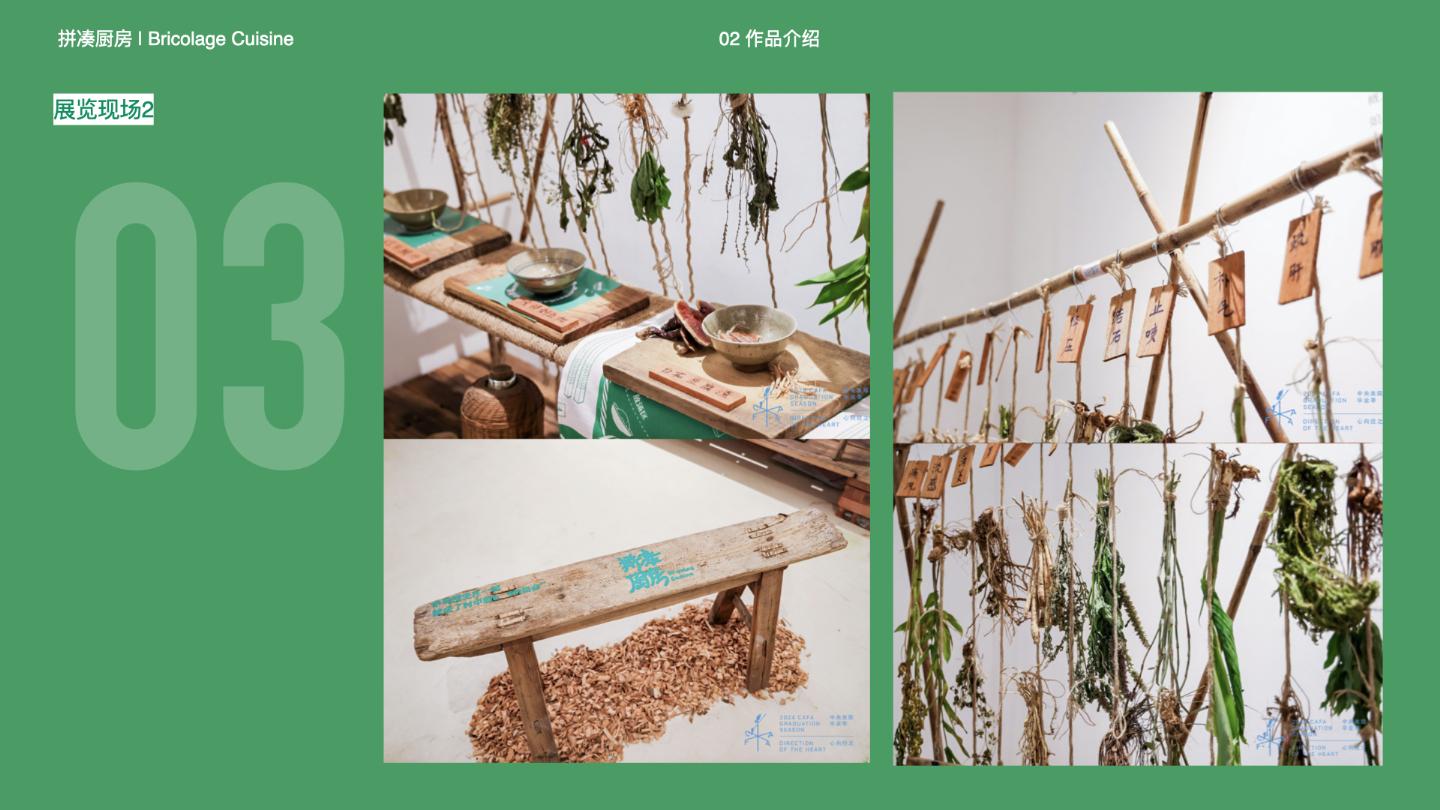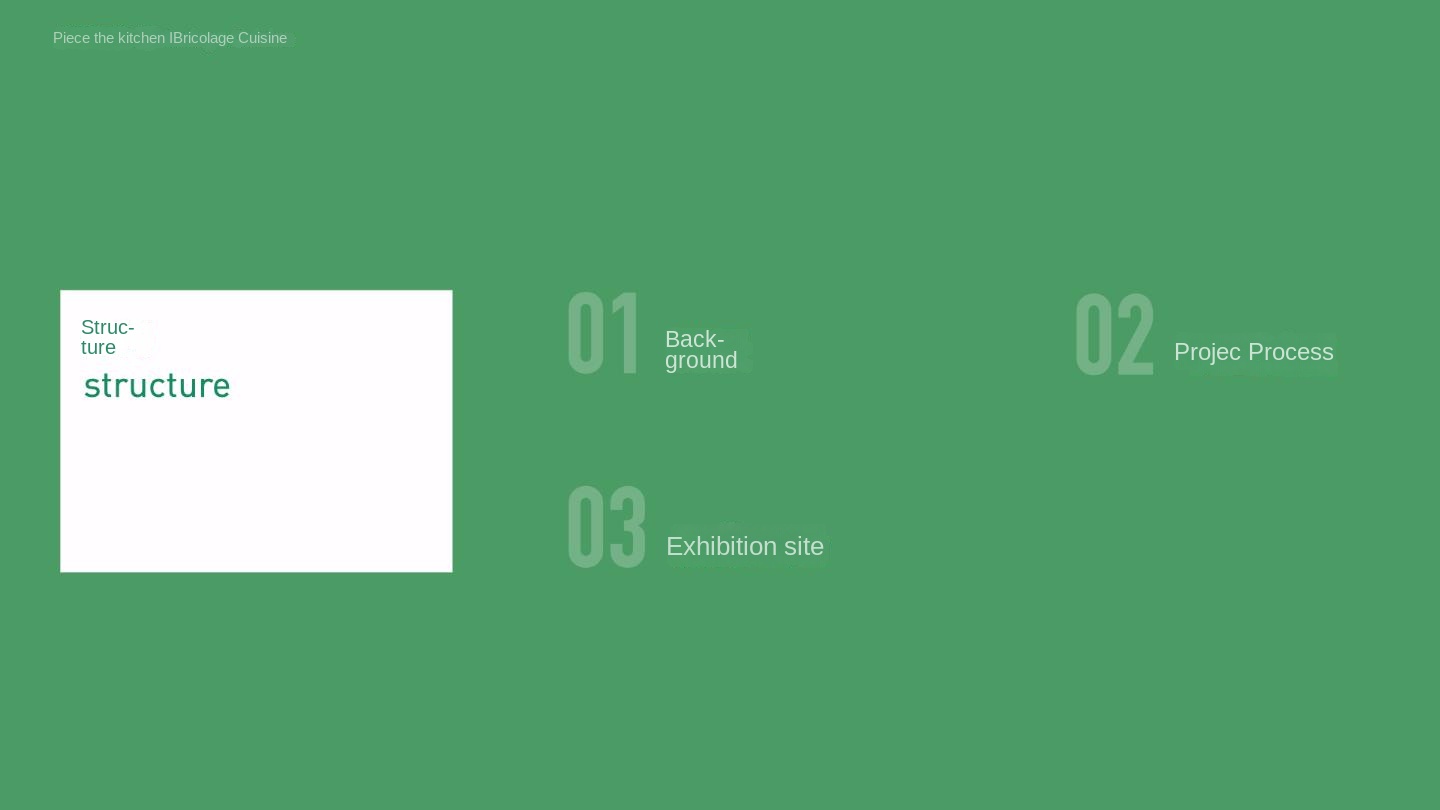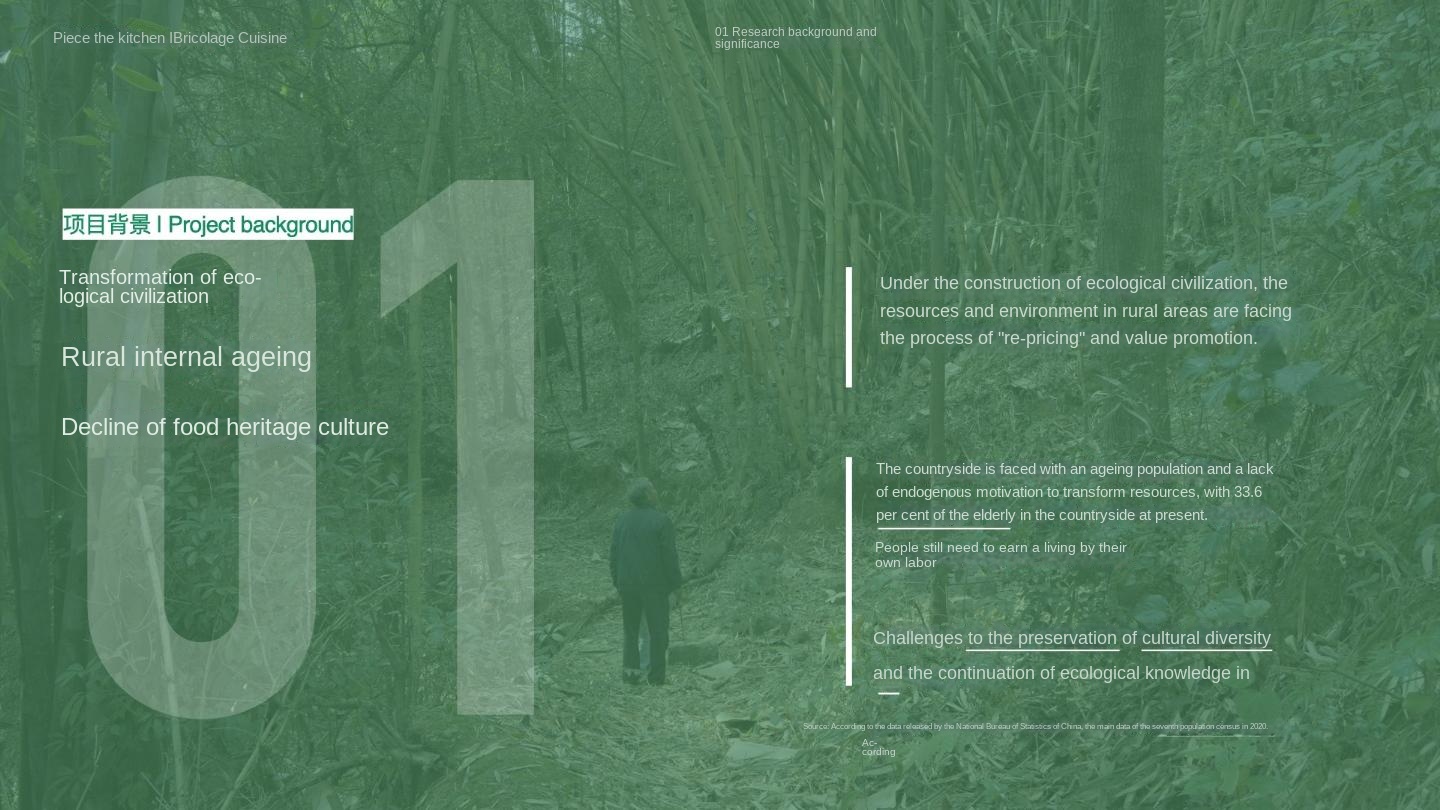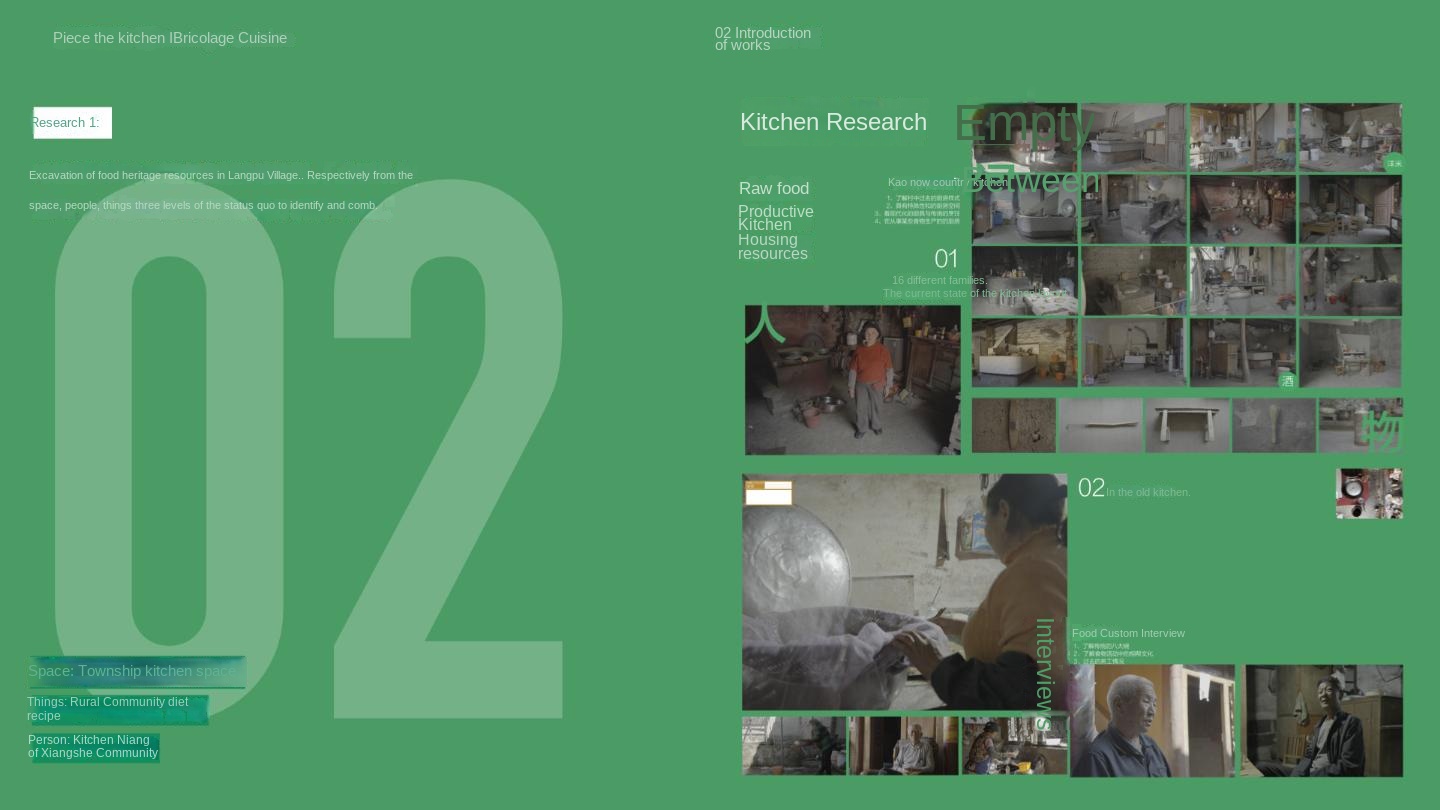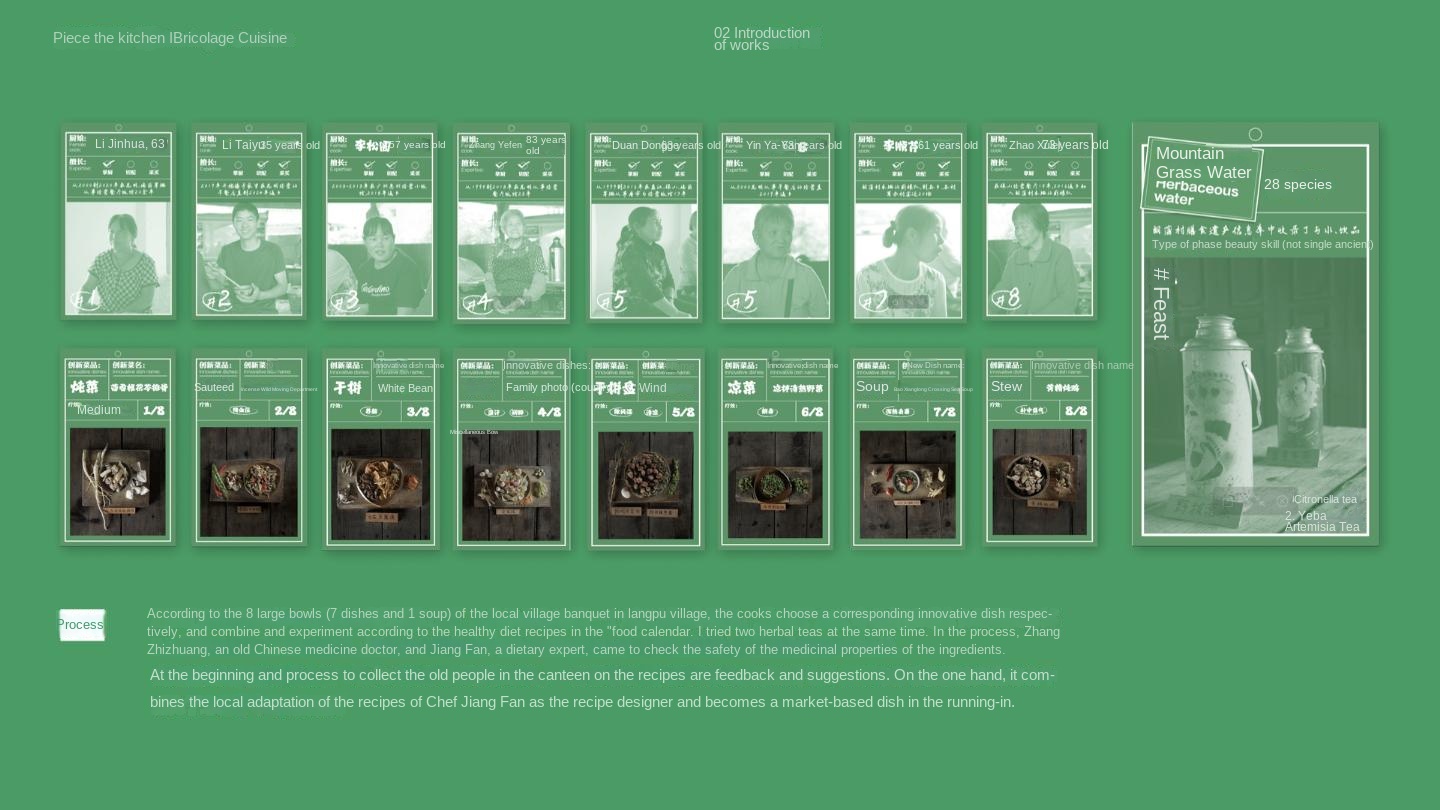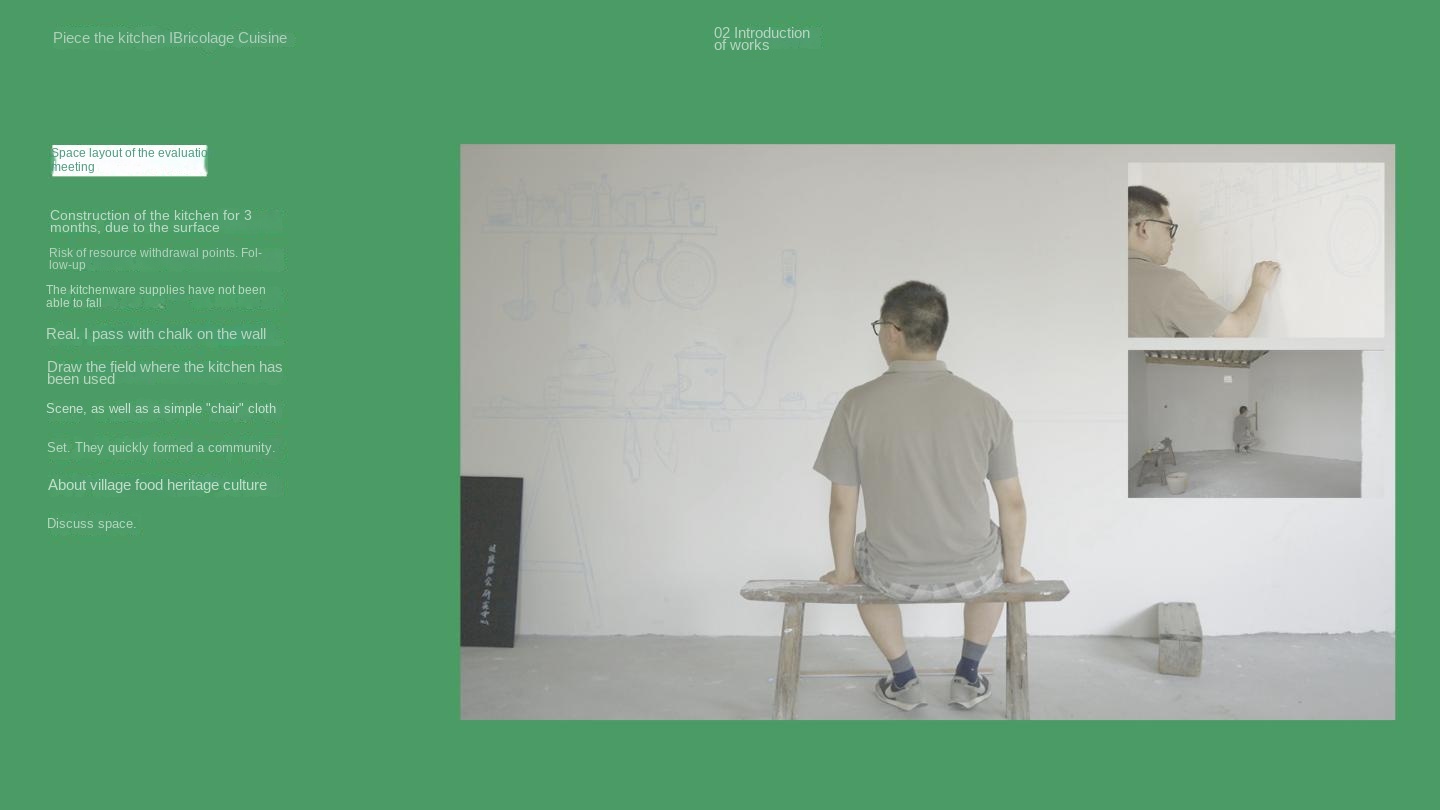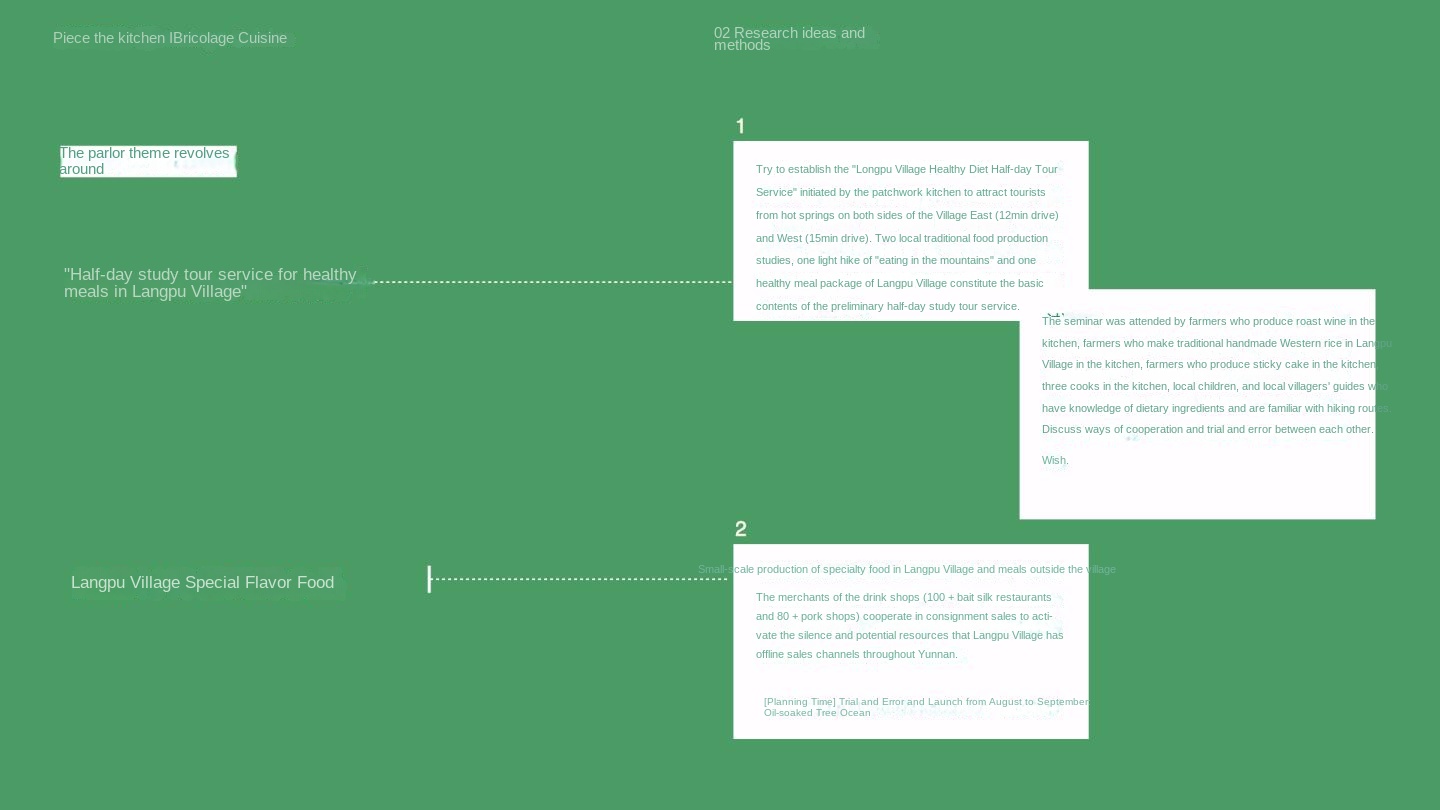Patchwork Kitchen Bricolage Cuisine
Video includes: (explanation of the complete concept of the project)
1. Research on the ground
2. Record of Three Activities of Creative Practice: "Food Calendar", "Food Banquet" and "Food Language"
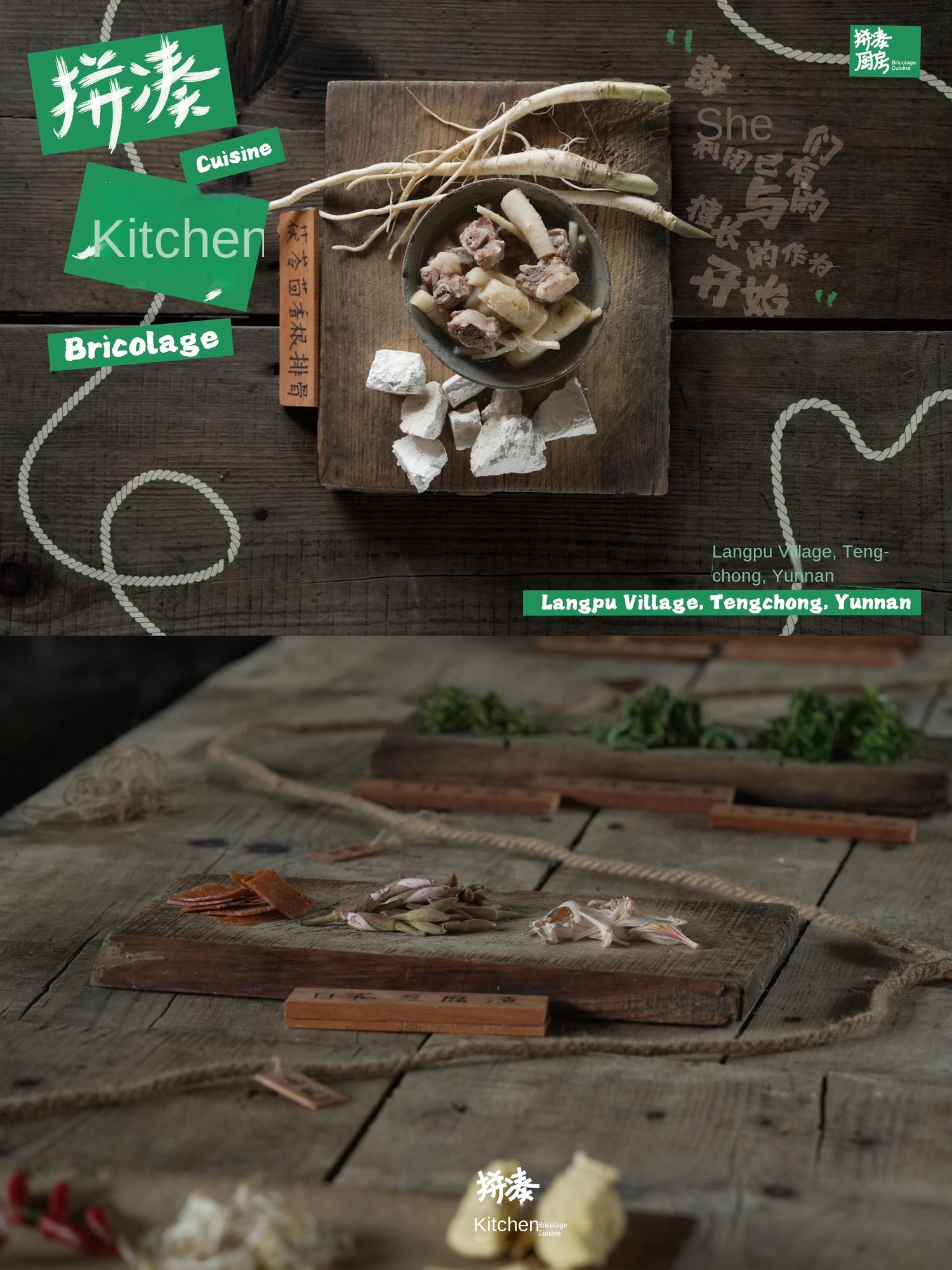
Patchwork Kitchen: Spring Meal Recipe Villagers Review Meeting
A hemp rope with information on the efficacy of the "food calendar" diet runs through it to show the map of local food ingredients in Langpu Village.
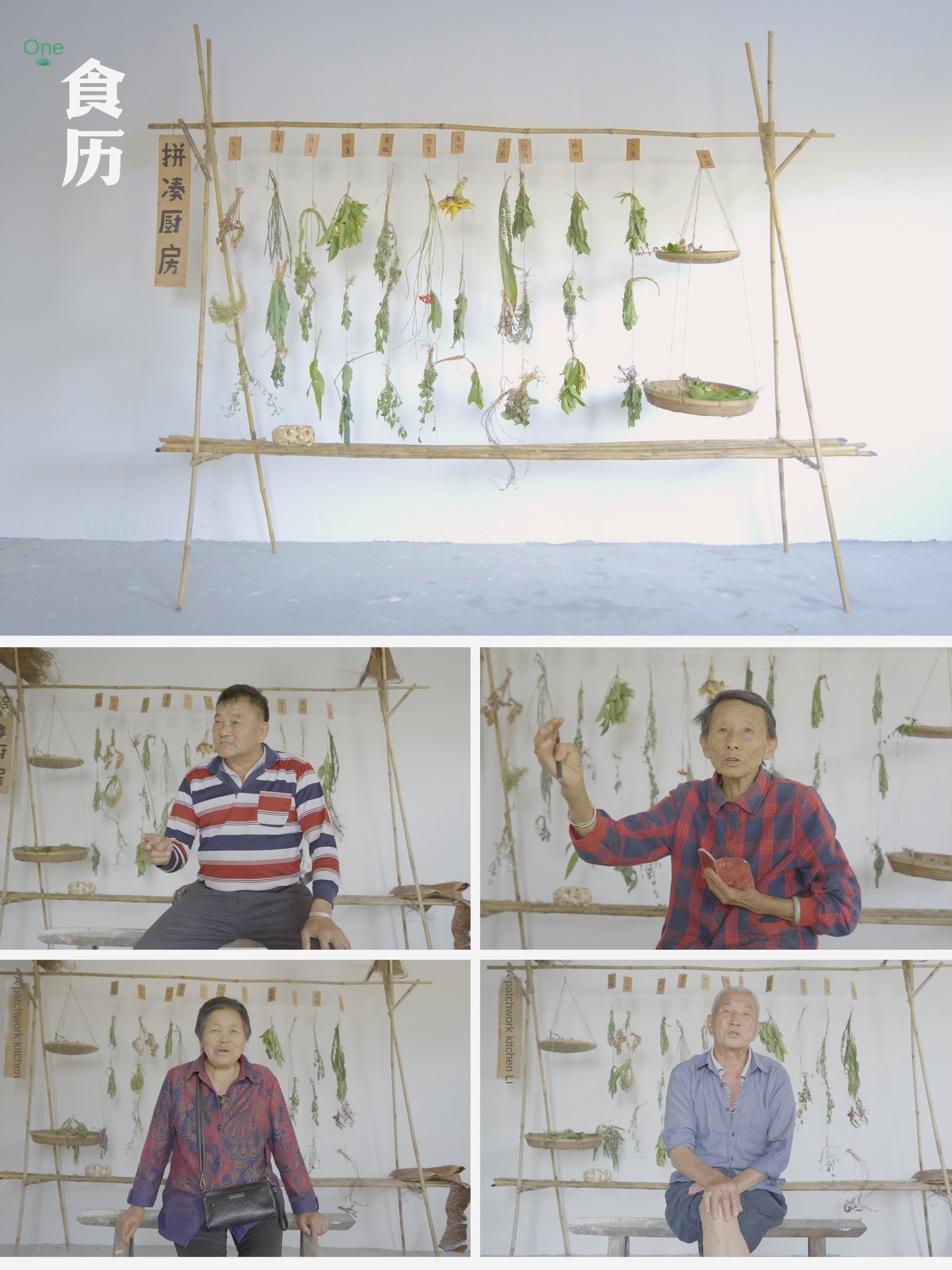
Shirley-Diet Museum Shelf
The 52 dietary recipes investigated in the previous period were combined with the local drying racks for drying food to form an interface for dialogue with villagers to activate villagers' public awareness and dialogue on food heritage. Because of its convenience, we interacted with the villagers in different places in the village, and the villagers also revised and supplemented some information in the process. Let the villagers realize what is happening in the village.
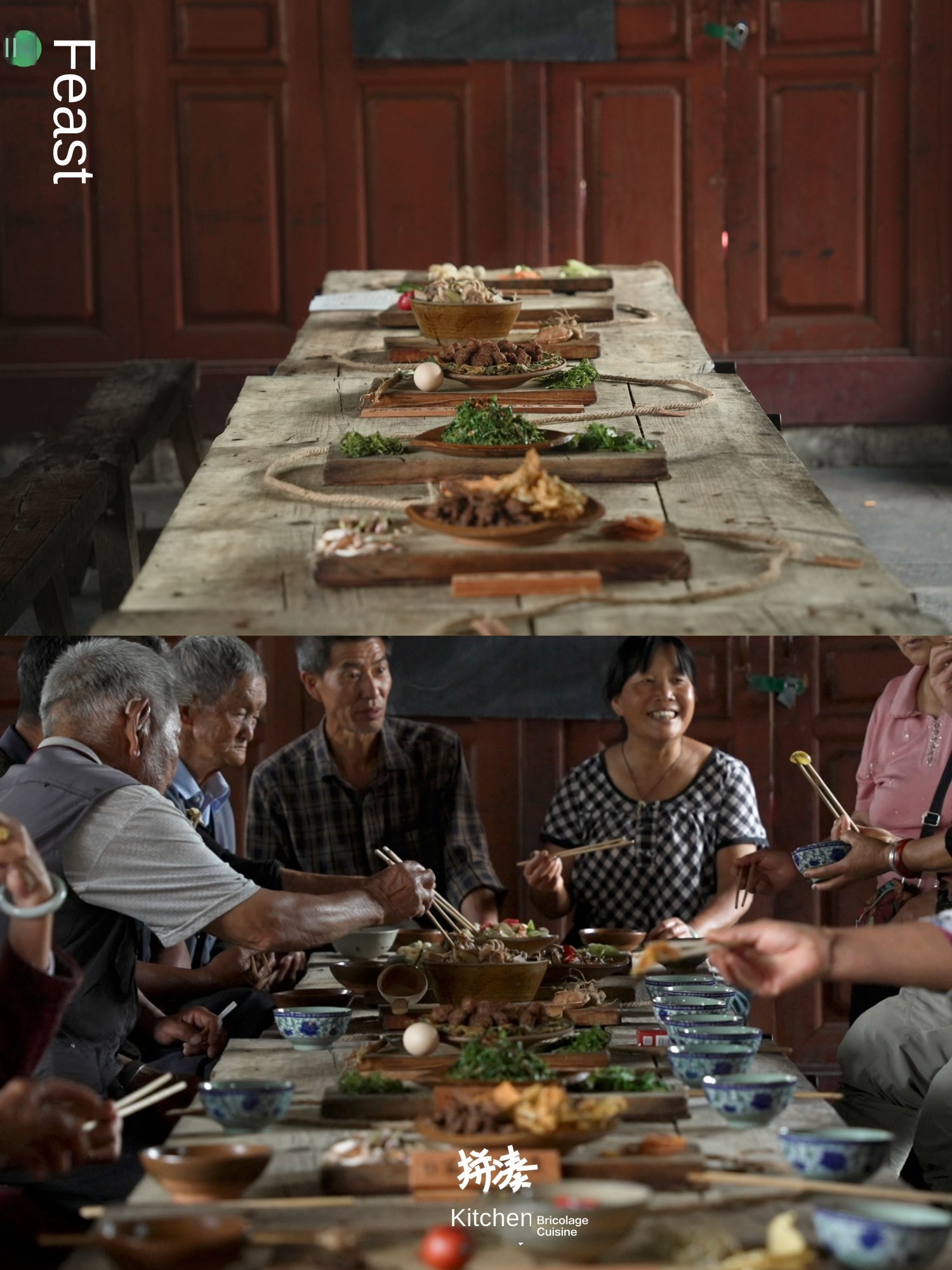
Eating Feast-Dietary Recipe Innovation
The "eight bowls" of meals are innovative. Eight female cooks are invited to choose a corresponding innovative dish and combine it with the food ingredients in spring. After two days of trying, a tasting meeting was held, at which the older generation of cooks in the village were also invited to control the continuation of the traditional flavor.
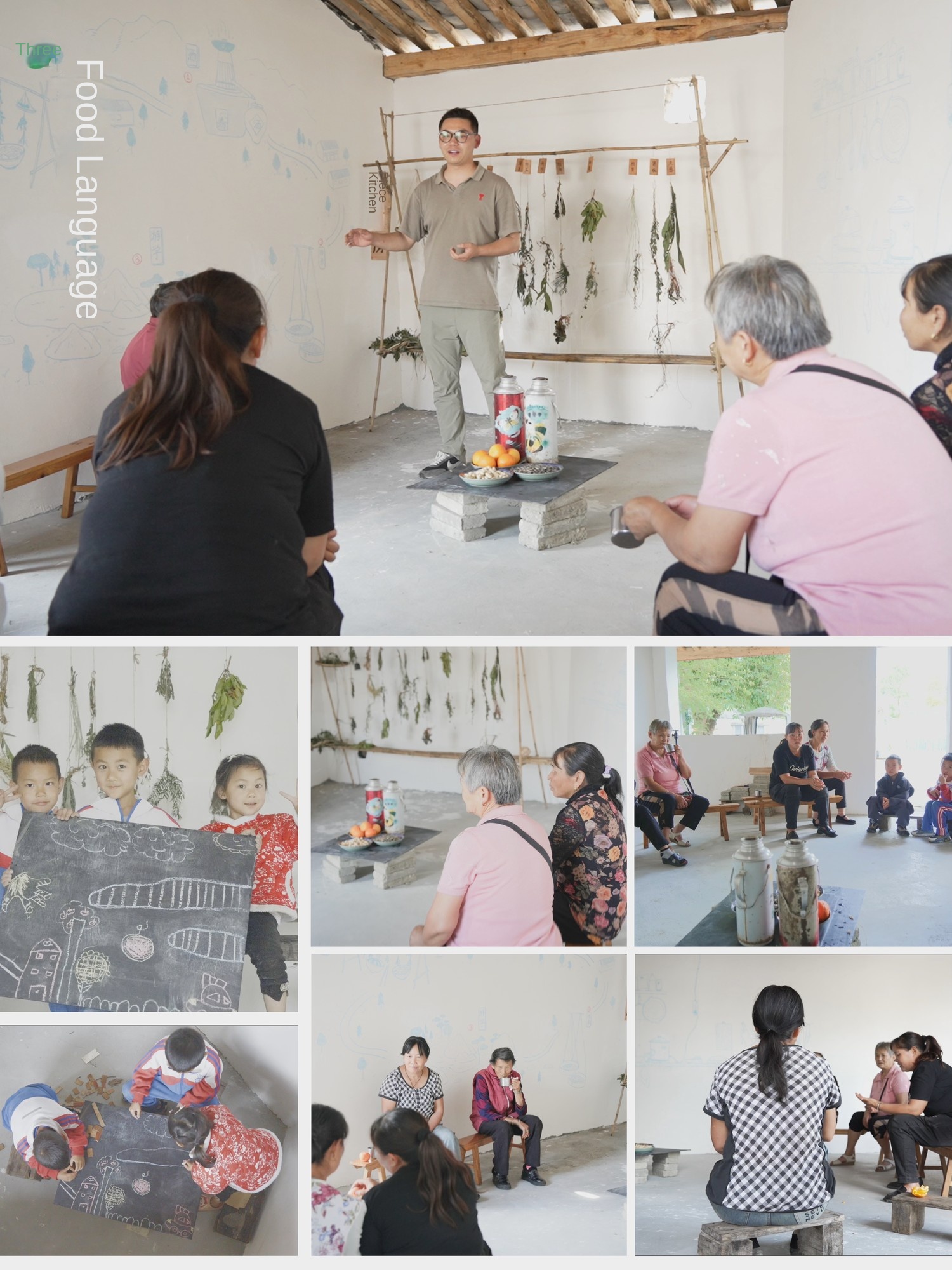
Food Language-Village Community Living Room
With the "eight bowls" of meals as a foundation to mobilize other potential stakeholders to provide catering services, the map drawn on the wall helps villagers intuitively understand and participate in this cultural project, increasing community interaction and mutual responsibility for the cultural mission.

Innovative recipes and spring meal tablecloths
The information about the abilities and experiences of the eight participating female cooks was collected. According to the 8 large bowls (7 dishes and 1 soup) of the local village banquet in Langpu Village, the female cooks each chose a corresponding innovative dish, and combined the experiment according to the healthy diet recipe in the "food calendar. I tried two herbal teas at the same time.
Patchwork Kitchen-Detailed Works Plan: Other Supplementary Information
"Patchwork Kitchen" is a social design strategy to activate the dietary heritage resources of Yunnan Langpu Village with food as the medium. The design relies on the elderly happy canteen in Langpu Village, Tengchong, Yunnan Province, as the entrance and space carrier of policy resources, and regards the concept as a social construction action to identify, sort out and reconfigure the dietary recipes, kitchen maids and community kitchen space in the village. This work not only focuses on the continuation of local food culture, but also actively explores how to empower the rural community through design and reshape its identity and social value in the context of modern society. The design strives to form a design path exploration that integrates the cultural activation of local heritage, ecological balance and community revitalization. A series of design practices of "food calendar-food blog", "food banquet-recipe innovation" and "food language-village community living room" have been formed. "Patchwork Kitchen" tries to cultivate the continuity of villagers' cultural feelings with the past, and maintain and activate the basic plate and heritage wealth that few local villagers can "return to their hometown. The outward shaping of the "dietary village" as a food identity symbol becomes the fulcrum to tell "who I am" and to explore the key opportunity to cure the decline of a village.
Creative Practice:
"Patchwork Kitchen" combines the dietary heritage of Yunnan Langpu Village with modern design through innovative visual communication and interaction design to promote rural revitalization. The creative practice revolves around the three design parts of "food calendar", "food feast" and "food language:
Food Calendar-Diet Museum Rack: By collecting 52 local traditional recipes and combining them with the physical carrier of the village drying rack, a public interface that is interactive and can talk to villagers is created to stimulate villagers' cognition and discussion of dietary heritage. The meal museum shelf is not only the presentation of heritage information, but also the process of cultural sharing and reconstruction, arousing the villagers' collective memory of traditional diet food and culture.
Food Banquet-Food "Eight Bowls" Innovation: By inviting eight kitchen women in the village, each kitchen woman chooses a traditional dish and makes innovation and improvement, and organizes villagers' tasting activities in combination with fresh food materials in spring. The tablecloth design echoes the recipe and reinforces the combination of culture and vision. It further deepens the immersion and symbolism of the food culture.
Food language-living room: The food culture map is drawn in the kitchen space of the village community to create a temporary community living room space. Based on the "eight bowls" of meals, villagers and stakeholders are mobilized to participate in the construction of dietary culture. This design not only promotes the inheritance of dietary culture, but also strengthens the cultural connection and resource sharing within the village community.
"Patchwork Kitchen" aims to explore the power of food as a symbol and promote the feasibility of rural revitalization and emotional reconstruction of traditional culture by integrating the history, culture and village identity of food through innovative visual and interactive design, activating the food culture of Langpu Village and promoting cultural identity.
The relationship between creation and Chinese society, environment and culture:
1. Rural revitalization and ecological civilization: the design responds to China's rural revitalization strategy in recent years, especially under the framework of ecological civilization, through the excavation and utilization of food heritage, it promotes the "regeneration" and "re creation" of ecological resources ". It not only protects the traditional dietary culture, but also gives new vitality to these cultures through innovative recipe design.
2. Cultural Identity and Community Empowerment: This work provides Langpu Village with a new way of expressing cultural identity-"Food Village". This identity symbol not only helps villagers realize the importance of their own dietary culture, but also promotes the emotional connection and collective identity within the village community through design. As a social construction action, design not only empowers villagers, but also enhances their ability to interact with external market players.
3. Intergenerational inheritance and sustainable development: This work encourages the older generation of cooks to participate in the continuation and innovation of traditional recipes by reorganizing and using the dietary heritage resources in the village. This not only promotes the inheritance of knowledge across generations, but also helps to alleviate the problems of population aging and labor shortage in the village. And through the creation of food service market opportunities, improve the economic income of villagers. It shows the key value of design in promoting the sustainable development of rural economy and the construction of ecological civilization.
Central Academy of Fine Arts social design direction graduate student in. Focus on rural community space creation, food brand innovation, rural ecological resources marketization. 2024 Beijing Young Outstanding Designer, 2024 Milan Design Week Future Food Design Award. His work was nominated for createCOP29 Honorary Award and runner-up in the 2024 sustainable development category of the core77 Design Award in the United States. His works have participated in Milan Design Week, Shenzhen Design Week, Shanghai Space Art Season, Xinjiang International Art Biennale, and exhibited in Beijing, Shanghai, Shenzhen, Zhengzhou, Wenzhou, New York, Milan and other places.
